Motor Gear Motor is considered one of those components that reduce speed while increasing torque, making it useful at different industrial applications. Several sources comment that with the evolution of industries, increasing numbers are relying upon motor gear systems, and that too efficiently and reliably. They are taking all vital consideration into account before purchasing the correct motor gear motor for their industry type whenever their need arises.
Chengdu Star Technologies Co., Ltd., was established in 2009 as the high-quality mechanical solutions provider serving as an agent for the world's best brands, for instance, SIEMENS, FLENDER, BONFIGLIOLI, SEW, and NORD. From gearboxes, reduction motors, reducers, and several products among our said merchandise, our clients can find items that suit their various wants. In this blog, we shall discuss the special attributes of motor gear motors along with the guiding elements to choosing the right one based on operational needs, complemented by our expertise regarding electromechanical products and complete sets of equipment.

Unique Characteristics of Motor Gear Motors
Motor gear motors have the advantages of both electric motors and gear systems to give a powerful remedy for numerous applications. One unique property of motor gear motors is that they develop high torque at low-speed revolutions. This property is needed for applications where high precision and control are paramount, say in robotics, conveyor systems, or manufacturing processes. The gear mechanism within the motor throws down the speed of the output shaft and enhances torque, making such motor gear system an ideal solution where tough work with high reliability is needed. Another entertaining aspect of motor gear motors is their compactness. Engineers and designers may witness some constraints for space, and these motors can very well deliver some serious power within a smaller space than the conventional motors. Their fitting into tight spaces without any dilution of performance makes them very enticing for modern machinery and vehicles. Also, the enclosed gears provide more protection from environmental antagonists, increasing the durability and lifetime of the motor. Motor gear motors are configurable in every possible sense, allowing users to select their type as per the application requirements. Whether one opts for a DC gear motor for battery-driven applications or an AC gear motor for industrial applications, being able to choose from a vast pool of options allows for customization in speed, torque, and size. This differentiation in working characteristics should play a decisive role in selecting the best type of motor gear motor for various application fields.

The Importance of Choosing the Right Motor Gear Motor
Choosing the suitable motor gear motor is vital for the efficient and effective operation of any mechanical system. These motors act on the principle of precision conversion of electrical energy into mechanical motion; therefore, they are regarded as essential components in innumerable applications, ranging from robotics to the automotive industries. The importance of choosing the right motor gear motor relates to the relationship between torque, speed, and load requirements. An unsuitable motor will result in inefficiency with accompanying overheating and potential system failure. This could mean huge costs and downtime.
When considering options, many factors must also be considered. First off, one must assess all the application-related requirements such as loading and desired speed. Different motors operate with different efficacy in terms of torque and speed, thus the specifications must be in accordance with the application requirements. Also, the working environment where the motor is expected to operate plays an eminent role too. Factors such as temperature, humidity, and exposure to adverse conditions are likely to severely affect motor performance and life.
Another imperative aspect of selecting the right motor gear motor is the evaluation of the gear ratio. This determines how motor speed relates to torque. An increase in gear ratio will yield more torque at lower speed, whereas a lesser gear ratio will give faster speed with less torque. Thus, balancing the ratio is very important to maximize performance. With a deep understanding of these characteristics and considerations, one can assure that the selected motor gear motor is in complete synchronization with the demands of the chosen project, thereby increasing the efficiency of operation at large.

Types of Motor Gear Motors: An Overview
The decision in design and application partly depends on the knowledge of motor gear motors and the entire family of products. Motor gear motors comprise a combination of electric motor and gearbox, this increasing torque and decreasing speed for multiple mechanical systems. Because of this unique combination and the opportunity for various applications, motor gear motors are used in a thousand different ways-from automotive to manufacturing.
The most widely used motor gear motor is the DC gear motor, which is preferred for its effective variable speed control. Direct current is used to power these types of motors. They are simple yet compact and are mostly chosen for applications requiring accurate movement. Another type is the AC gear motor; this device runs on alternating current and is good for high-performance applications, which demand continuous operations. Their durability and reliability rank them high in industrial applications.
Stepper gear motors best serve applications requiring precise positioning. By dividing its rotation into many discrete steps, these motors start precisely controlling movement; they are vital to robotics and automated systems. Lastly, servo gear motors ensure high efficiency and precision in tasks requiring dynamic adjustments via feedback systems providing closed-loop control. Each type of motor gear motor presents certain characteristics and advantages; therefore, it is essential to consider your respective needs for choosing the most appropriate one in your project.

Key Specifications to Consider When Selecting a Motor Gear Motor
Simply put, important specifications need to be considered in selecting a motor gear motor in order for it to provide optimum performance and durability. One of these specifications is the power rating, which usually refers to the energy output of the motor in terms of watts or horsepower. The recently published report of Research and Markets pointed out the immense growth of the global electric motor market in the next years. This trend strongly stresses the demand for motors at different power ratings according to customer needs. For instance, a low-power application may only need motors with 50 watts, while heavy-duty systems typically require several kilowatts to effectively operate.
In addition, another factor is the ratio of gears, which decides the output torque of the motors and also its speed. Torque is increased when the speed is reduced to make it more suitable for hoisting heavy objects. The research of Allied Market Research states that more and more manufacturers are inclined to offer geared motors having special gear ratios specialized for certain applications, such as robotics and automotive applications where precision is very critical.
Efficiency is yet another specification quite of importance. "High efficiency motors are being reported in their capability of more than 10% drop in energy consumption, which ultimately leads to huge savings in cost via time," said the National Electrical Manufacturers Association. Thus, choosing to have the efficiency ratings would need the selection of high-efficiency-compliant motors not only for performance in operation but also for sustainability to various industries.
Hence, all these specifications will help the user choose a suitable motor gear motor that meets the specific application requirements: Power, Gear ratio, and Efficiency.
Applications and Industries Utilizing Motor Gear Motors
Motor gear motors find application in many areas and industries, utilizing their special characteristics. These motors find greater favor in robotics, automotive industries, and manufacturing since these sectors, in particular, demand the efficiency and precision of torque and speed. This is most visible in modern production lines: Indeed, robotic arms fitted with motor gear motors perform highly intricate tasks such as material handling and fine machining processes that enhance productivity and precision.
In the automotive field, innovative motor gear systems herald a transformation. In recent electric vehicle technological advances, firms are introducing a whole new style of approach to standardizing their drive systems by uniting electric motors with the gear reduction mechanism. This will boost performance and support a more malleable framework for future vehicle designs like hybrid drive systems that are under constant development.
Moreover, the surge in esteem for high-quality motor gear motors in manufacturing includes the development of precision gears and other vital components. These motors provide assurance of the quality and reliability of mechanical products, subsequently aiding in the large logistics of the global supply chain. With industries moving toward automation and intelligent solutions, selecting the right motor gear motor is key to optimizing operational effectiveness and maintaining competitiveness in the market.
Maintenance Tips for Prolonging the Life of Motor Gear Motors
One should maintain the motor gear motors if they want to increase their life expectancy. Regular inspections are essential to detect wear and damage. Begin with viewing the system as a whole for both the motor mounting and other visible elements to see whether any of them are loose or corroded. Most of the time, tightening bolts and connections helps prevent more serious issues.
Lubrication is another important maintenance activity. Many motor gear motors are grease-lubricated to reduce friction among moving parts. Such lubrication should be done strictly according to the manufacturer by the proper type of lubricant and time intervals. Over-lubrication can cause the grease to build up and eventually lead to heating, so strict guidelines must be followed.
Similarly, if you monitor the environment in which a motor operates, you will be able to get an improvement in performance. It could simply be too dusty, too moist, or too hot, and these can affect his efficiency and life. As the above conditions cannot be avoided, one may try to install dust shields and move into more controlled environments. These are some of the maintenance tips that will ensure you with motor gear motors fluidly for years to come.
Common Mistakes to Avoid When Choosing Motor Gear Motors
In selecting gear motors for motors, avoiding common errors that may cause low performance, or even equipment breakdown, is important. One of the most common mistakes is underestimating the significance of torque and speed requirements. Potential buyers often overlook or consider these factors related to a motor from a size or brand point of view, not whether they conform to their specific application requirements. It is imperative to analyze the requirements of your project before selecting.
The next mistake involves ignoring what load the motor is going to drive. It could have a significant bearing on what type of geared motor one needs. It not only affects performance, but also motor life. Furthermore, temperature, humidity, dust, and moisture are some environmental factors largely neglected as factors that can greatly influence the performance-and, therefore, durability and reliability-of the motor.
Moreover, it is always good to have a mirror display of the selected types of motors with gear. Each of the types is equipped with unique features meant for different applications. Examples of these instances may include where some are to be used for high-speed applications while others are meant for precision and control operations Task. By looking at these distinctions, better decision-making can mean augmented productivity in the project.
Innovations and Trends in Motor Gear Motor Technology
Motor gears-motorization is one of the fastest-changing fields, where a lot of innovations and trends influence the industry. More often than not, the improvements come in terms of higher efficiency and are directly related with the use of new materials and advanced manufacturing methods. A report by MarketsandMarkets states that the global servo motor market will grow from USD 6.75 billion in 2020 to USD 10.20 billion by 2025 at a compound annual growth rate (CAGR) of 8.5%. Indeed, this upsurge would indicate increasing demand for precision and control in a broad range of applications-from robotics to industrial automation.
Among the most recent excitement in motor gear motors is entry into IoT technology. The smart motor, equipped with sensors, supports predictive maintenance and real-time monitoring abilities, enhancing operational efficiency and downtime penalties into cost efficiencies for businesses. The International Society of Automation research could save over 30% of maintenance for companies using IoT in manufacturing, leaving the productivity delta quite large.
Concurrently, manufacturers are considering sustainability as one of the driving points in the design of a motor gear motor. Manufacturers are paying increasing attention to developing energy-efficient designs as industries come under increasing pressure to be greener. The Department of Energy U.S. reports that energy-efficient motor systems reduce energy consumption by as much as 30 to reduce some operational costs and the impact on the environment. All these trends show a lively shift in motor gear technology, where performance, connectivity, and sustainability are key elements for modern industrial requirements.
FAQS
Choosing the right motor gear motor is crucial for the efficiency and effectiveness of mechanical systems, as it directly affects torque, speed, and load requirements. An unsuitable motor can lead to inefficiency, overheating, and system failure, resulting in significant costs and downtime.
When selecting a motor gear motor, consider the application’s specific needs, including load capacity, desired speed, and the operating environment, such as temperature, humidity, and exposure to harsh conditions.
The gear ratio determines how the motor’s speed translates into torque. A higher gear ratio provides more torque at lower speeds, while a lower gear ratio allows for higher speeds with less torque. Finding the right balance is essential for optimizing performance.
Motor gear motors are widely used in various industries, including robotics, automotive, and manufacturing, due to their efficiency and precision in delivering torque and speed.
In robotics, motor gear motors are essential for managing complex tasks such as material handling and intricate machining processes, which enhance productivity and accuracy in modern production lines.
The automotive industry is integrating innovative motor gear systems, particularly in electric vehicles, to standardize drive systems, improve performance, and create adaptable frameworks for future vehicle designs, including hybrid drive systems.
In manufacturing, high-quality motor gear motors are critical for creating precision gears and other components, ensuring product quality and reliability, and contributing to the overall efficiency and competitiveness of the global supply chain.
Understanding the application requirements is vital to match the motor's torque outputs and speed ranges effectively, ensuring that the selected motor aligns perfectly with the project's demands for optimal operational efficiency.

Home
Products
SIEMENS Gearmotor
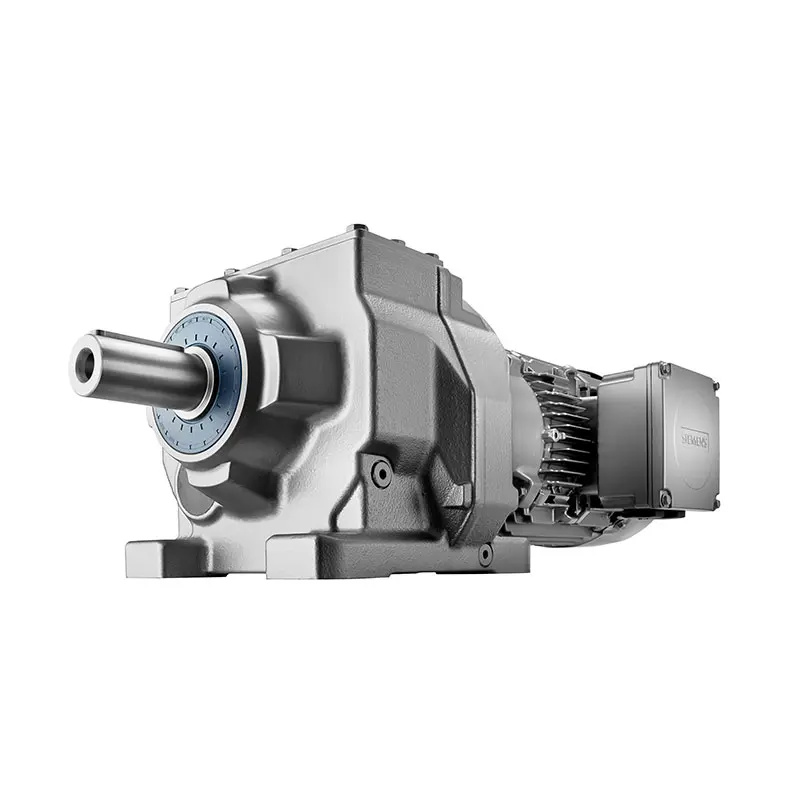 SIEMENS Helical Gearmotor Low Voltage
SIEMENS Helical Gearmotor Low Voltage 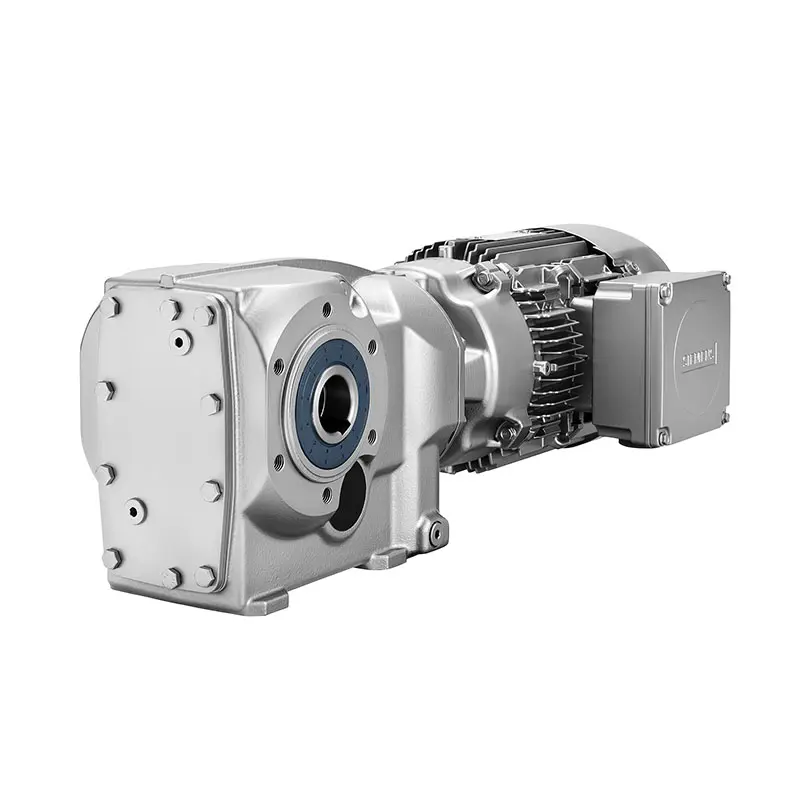 SIEMENS Bevel Helical Gearmotor
SIEMENS Bevel Helical Gearmotor  SIEMENS Parallel Shaft Gearmotor
SIEMENS Parallel Shaft Gearmotor 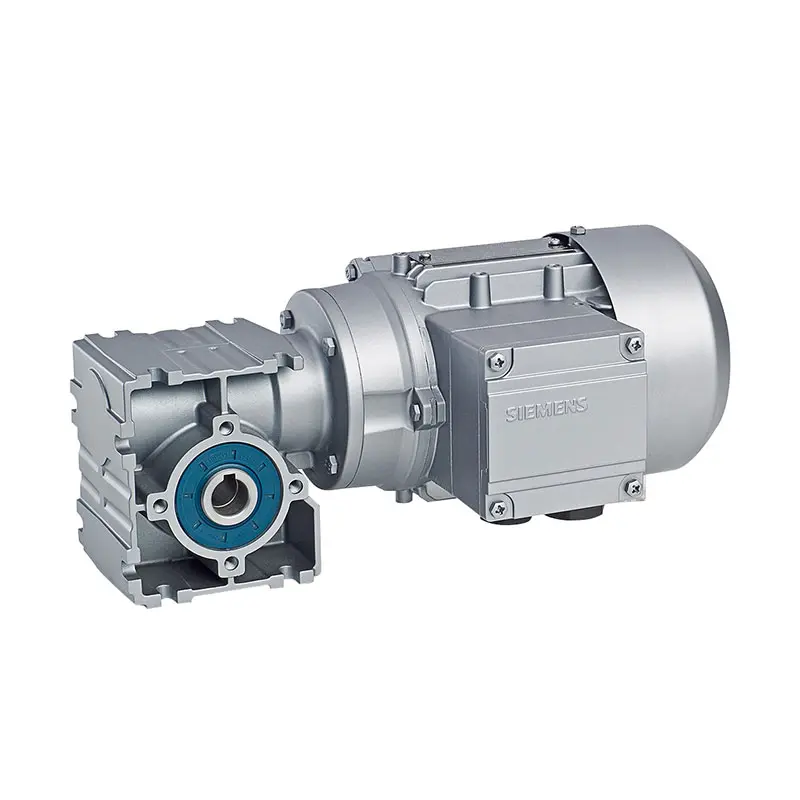 SIEMENS Worm Gearmotor Low Voltage
SIEMENS Worm Gearmotor Low Voltage 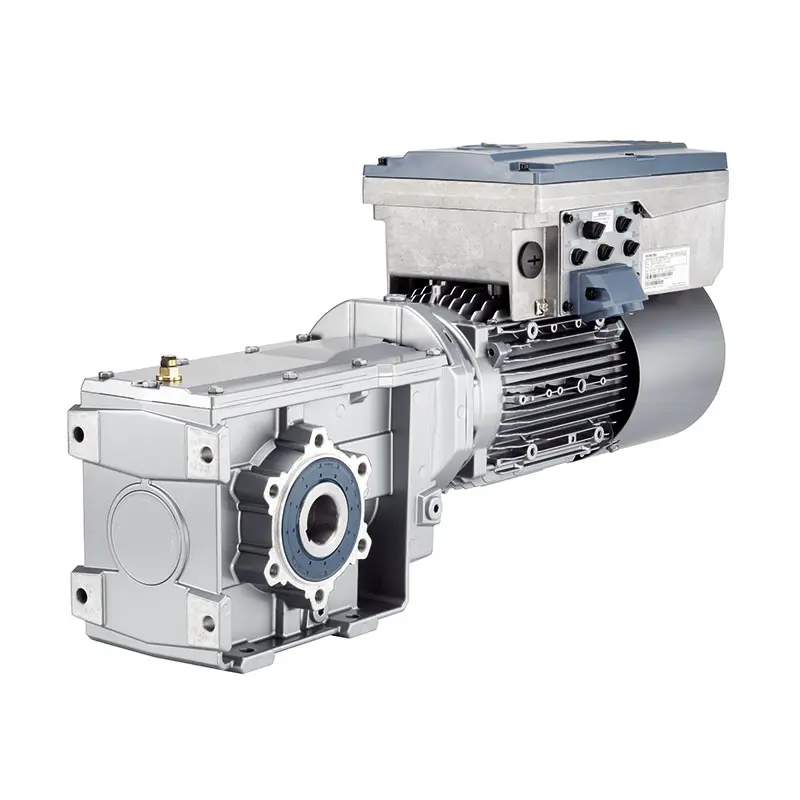 SIEMENS With Servo Motor Gearmotor
SIEMENS With Servo Motor Gearmotor 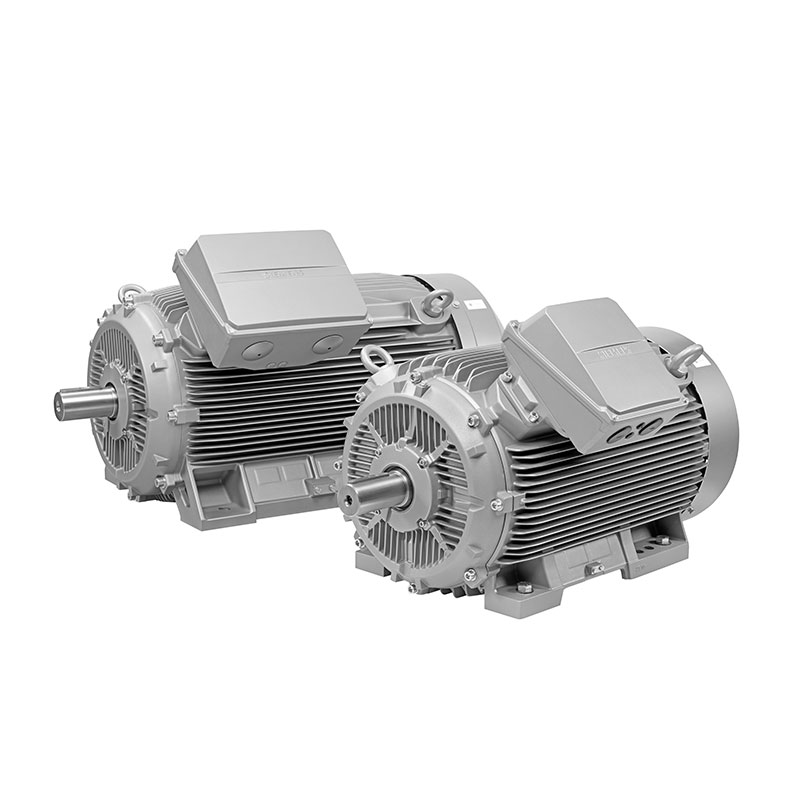 SIEMENS Low Voltage Motor Low Voltage
SIEMENS Low Voltage Motor Low Voltage 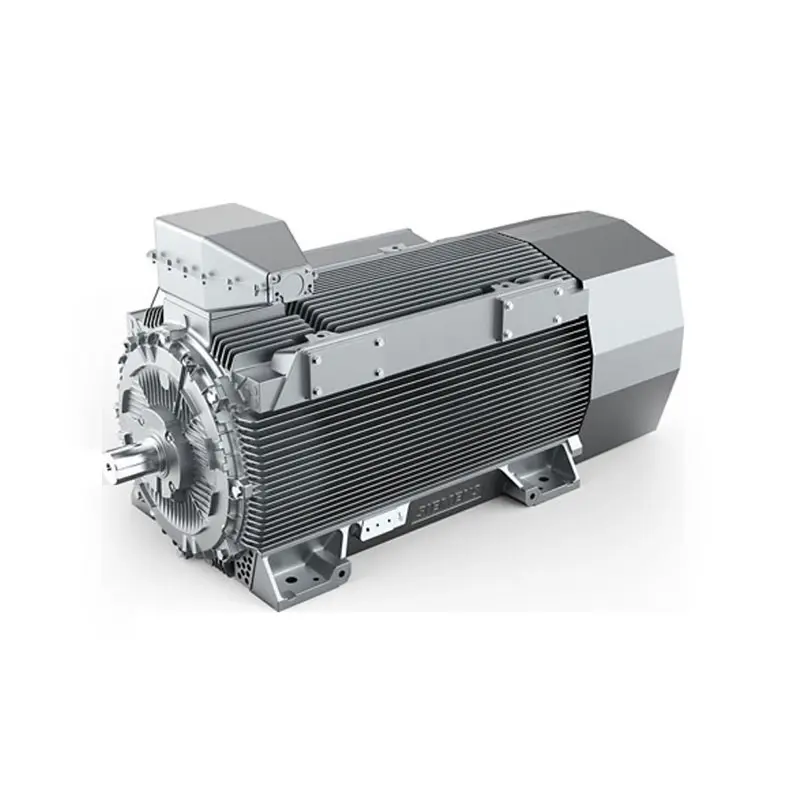 SIEMENS High Voltage Motor Low Voltage
SIEMENS High Voltage Motor Low Voltage 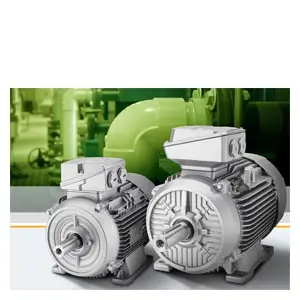 SIEMENS Marine Motor Low Voltage
SIEMENS Marine Motor Low Voltage 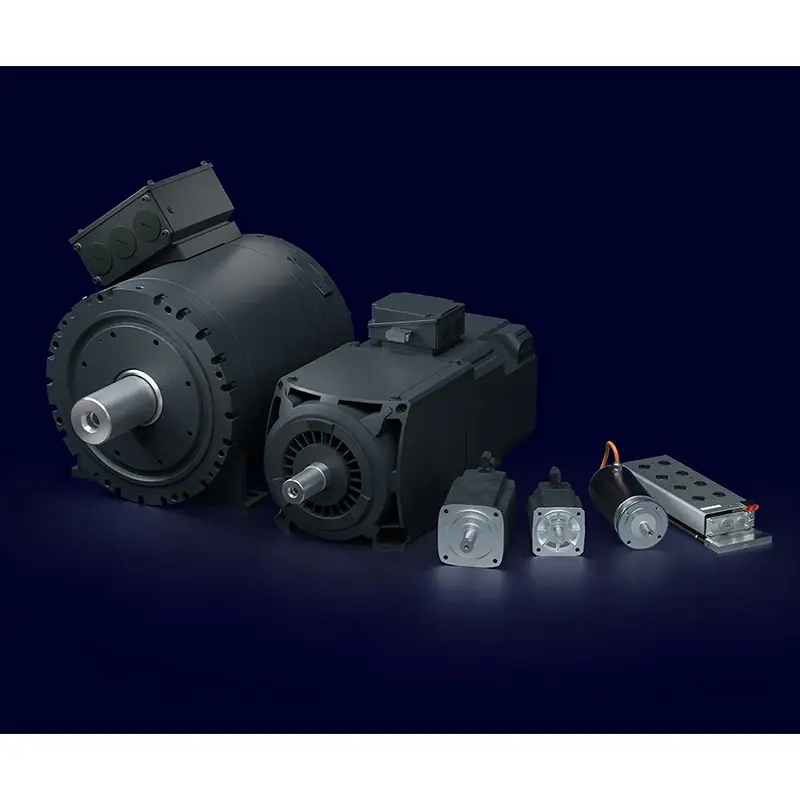 SIEMENS Servo Motor Low Voltage
SIEMENS Servo Motor Low Voltage 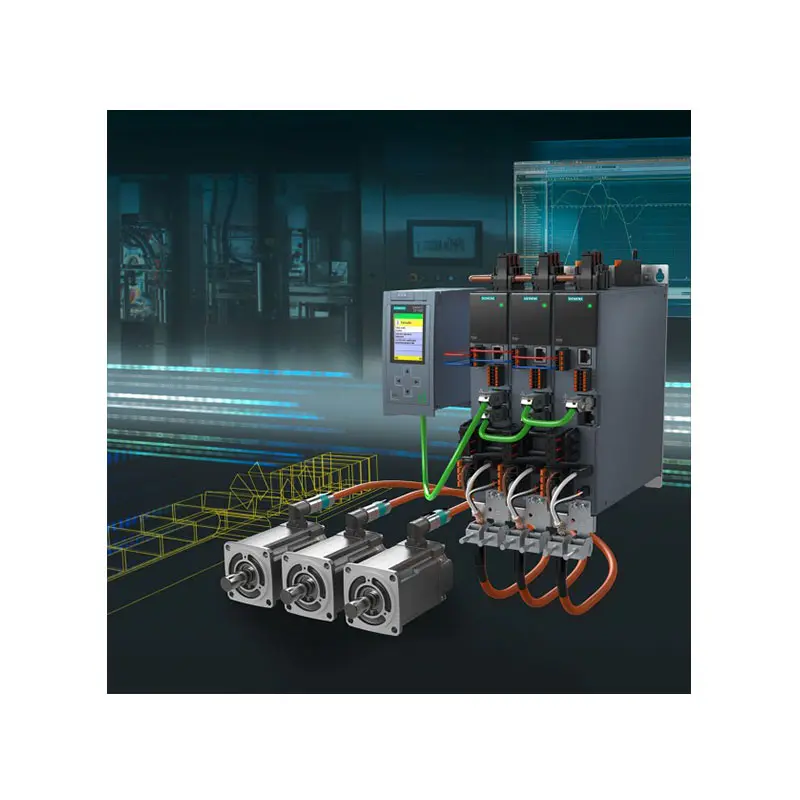 SIEMENS SINAMICS S210 Low Voltage
SIEMENS SINAMICS S210 Low Voltage 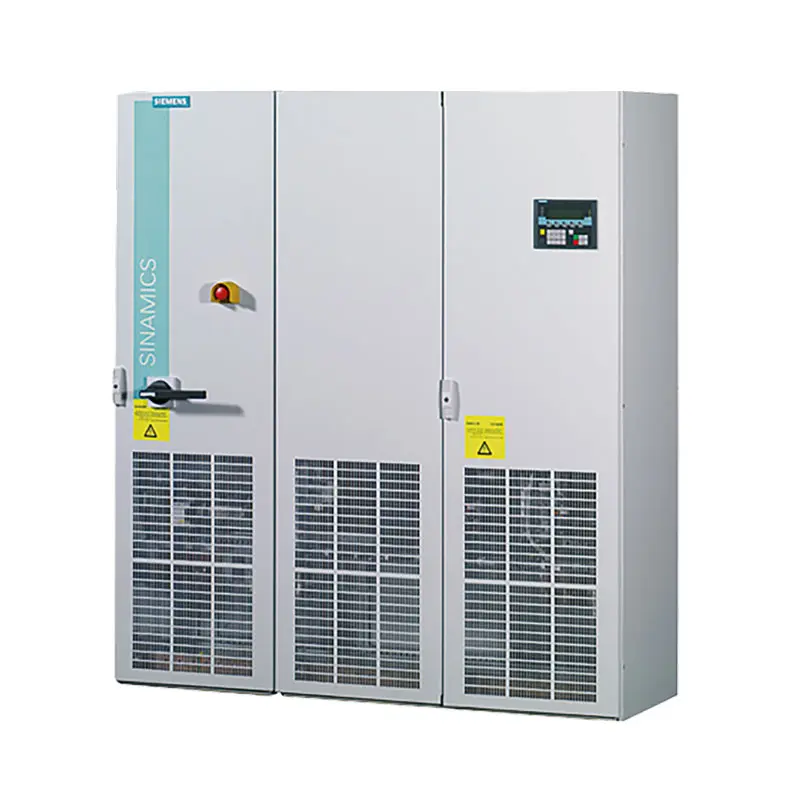 SIEMENS SINAMICS S150 Low Voltage
SIEMENS SINAMICS S150 Low Voltage 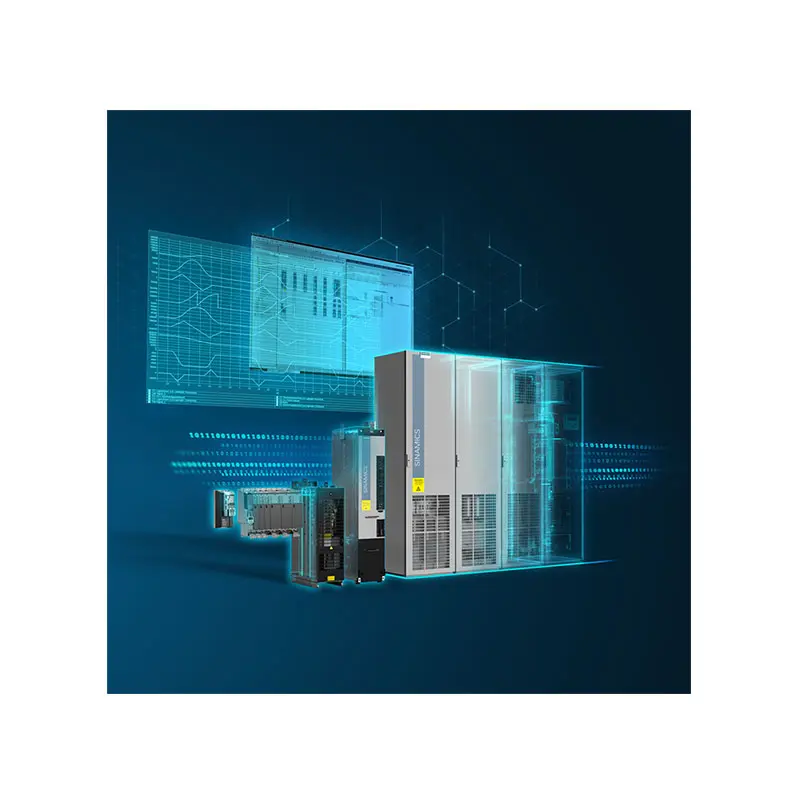 SIEMENS SINAMICS S120 Low Voltage
SIEMENS SINAMICS S120 Low Voltage 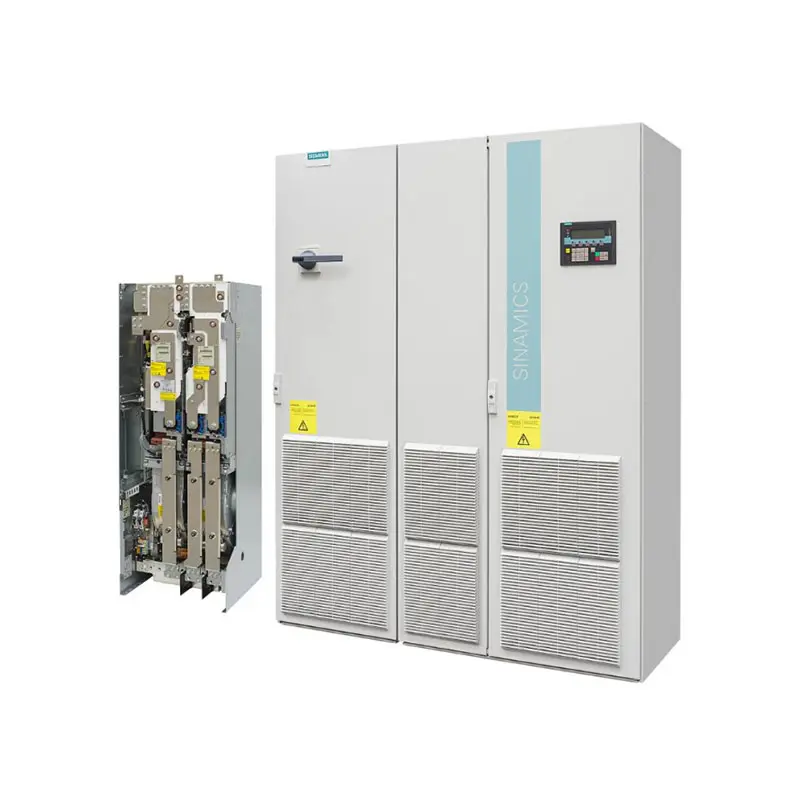 SIEMENS SINAMICS G130/G150
SIEMENS SINAMICS G130/G150 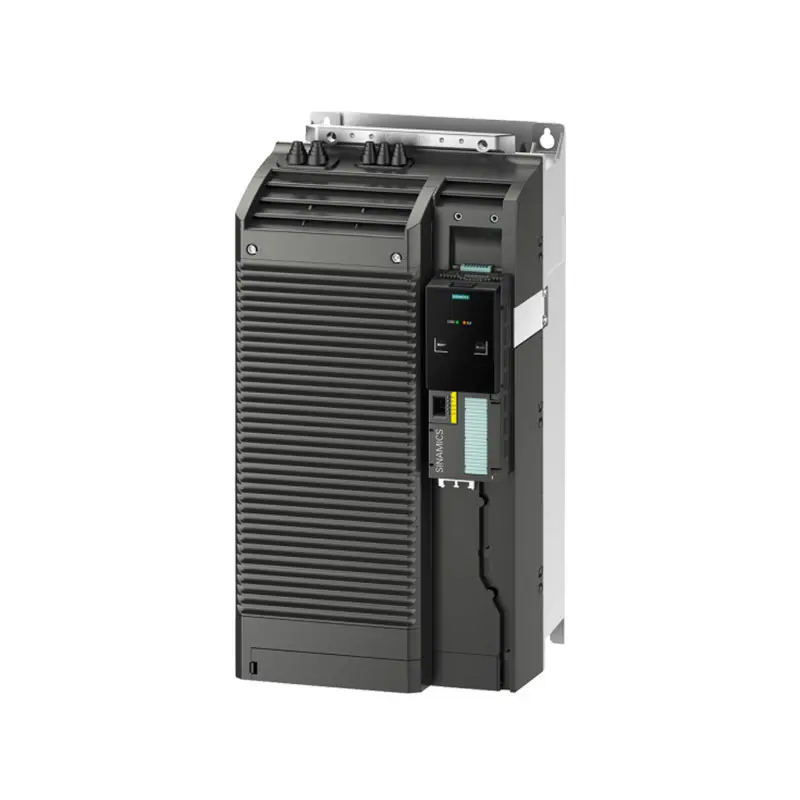 SIEMENS SINAMICS G120 Low Voltage
SIEMENS SINAMICS G120 Low Voltage 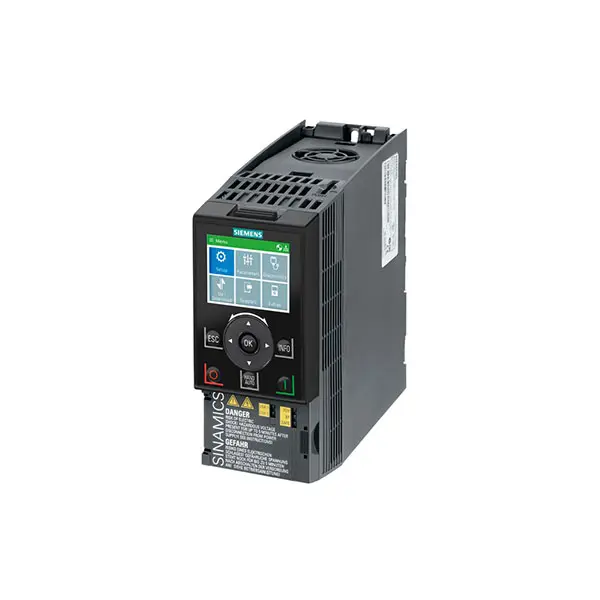 SIEMENS SINAMICS G120C Low Voltage
SIEMENS SINAMICS G120C Low Voltage 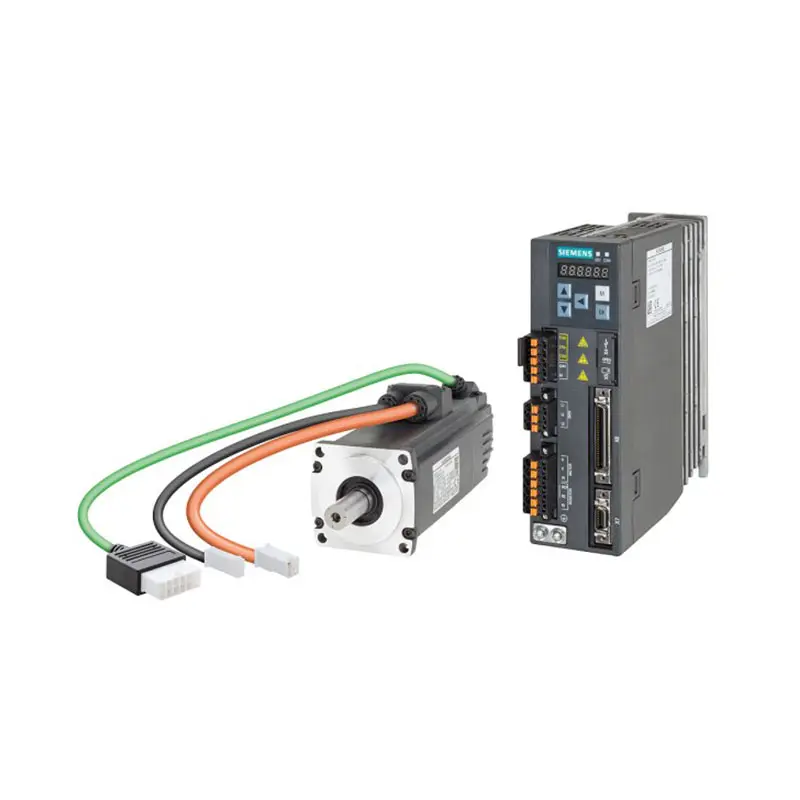 SIEMENS SINAMICS V90
SIEMENS SINAMICS V90 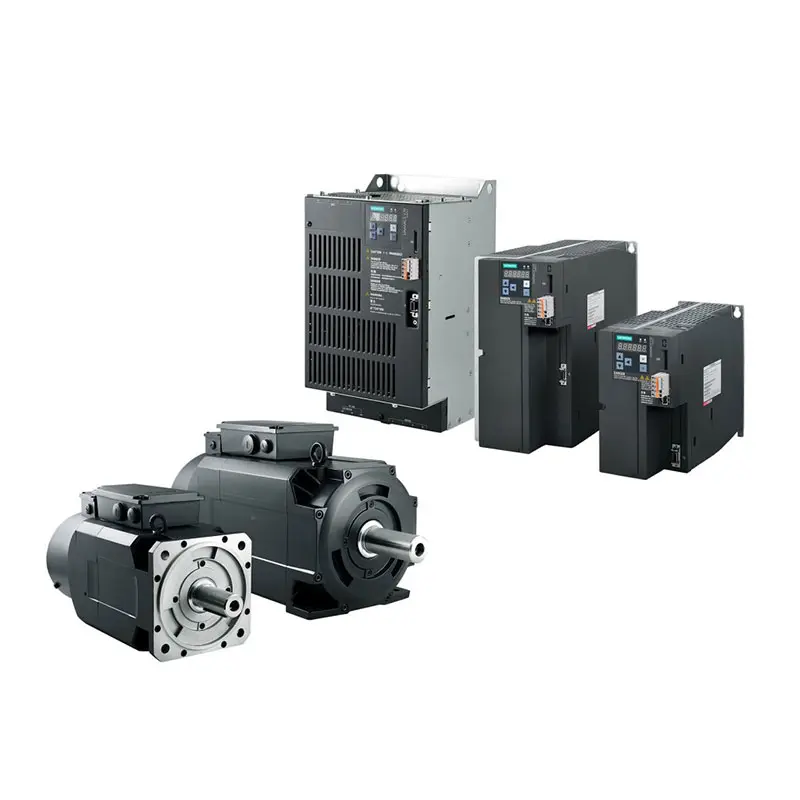 SIEMENS SINAMICS V70 Low Voltage
SIEMENS SINAMICS V70 Low Voltage 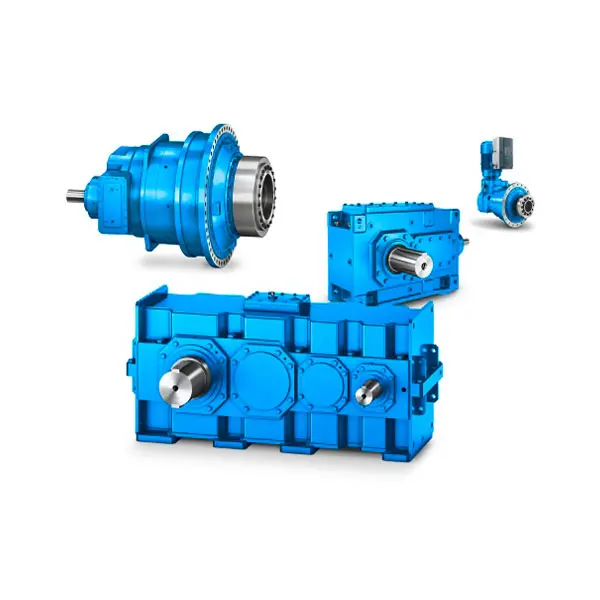 FLENDER Gear Unit
FLENDER Gear Unit 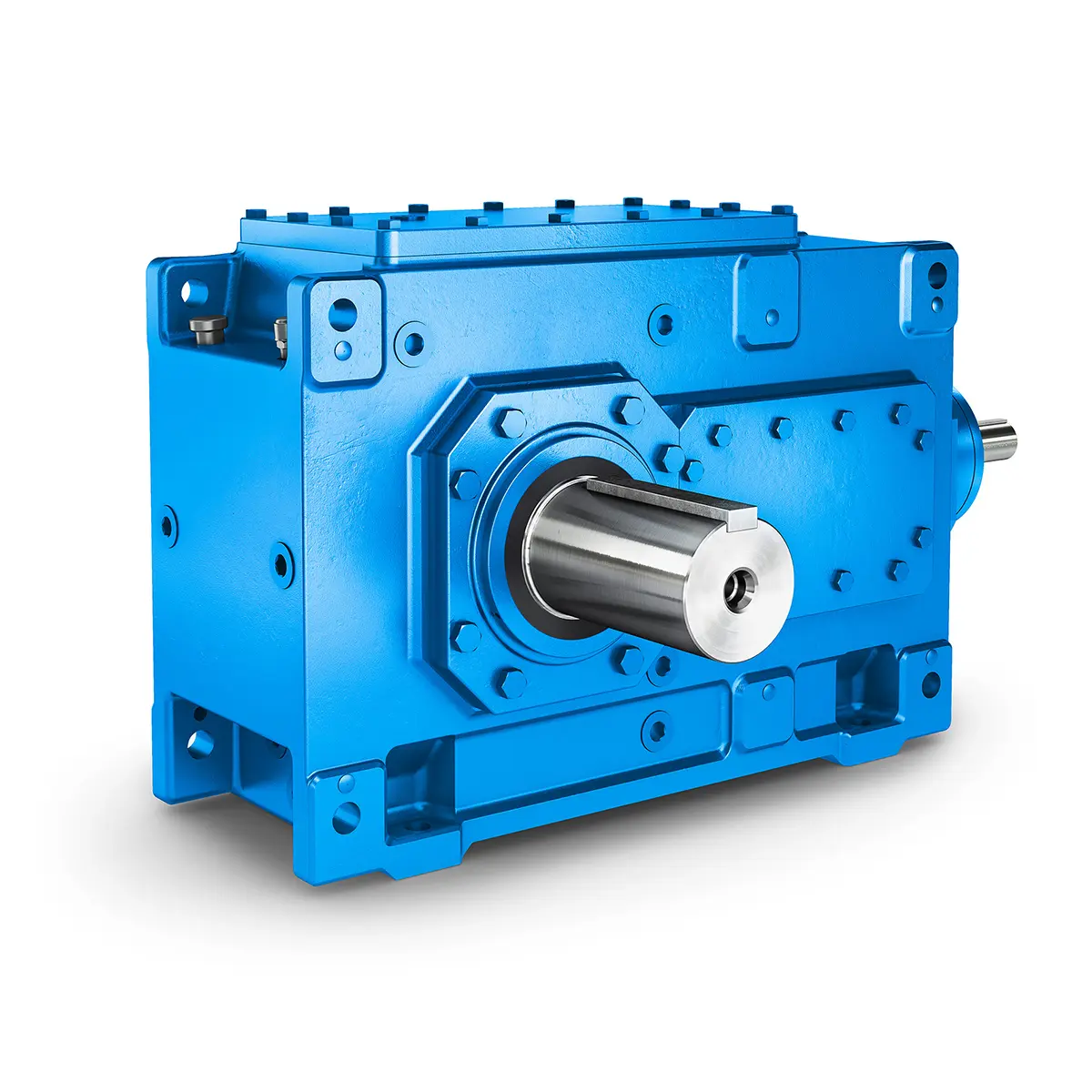 FLENDER Helical Gear Unit
FLENDER Helical Gear Unit 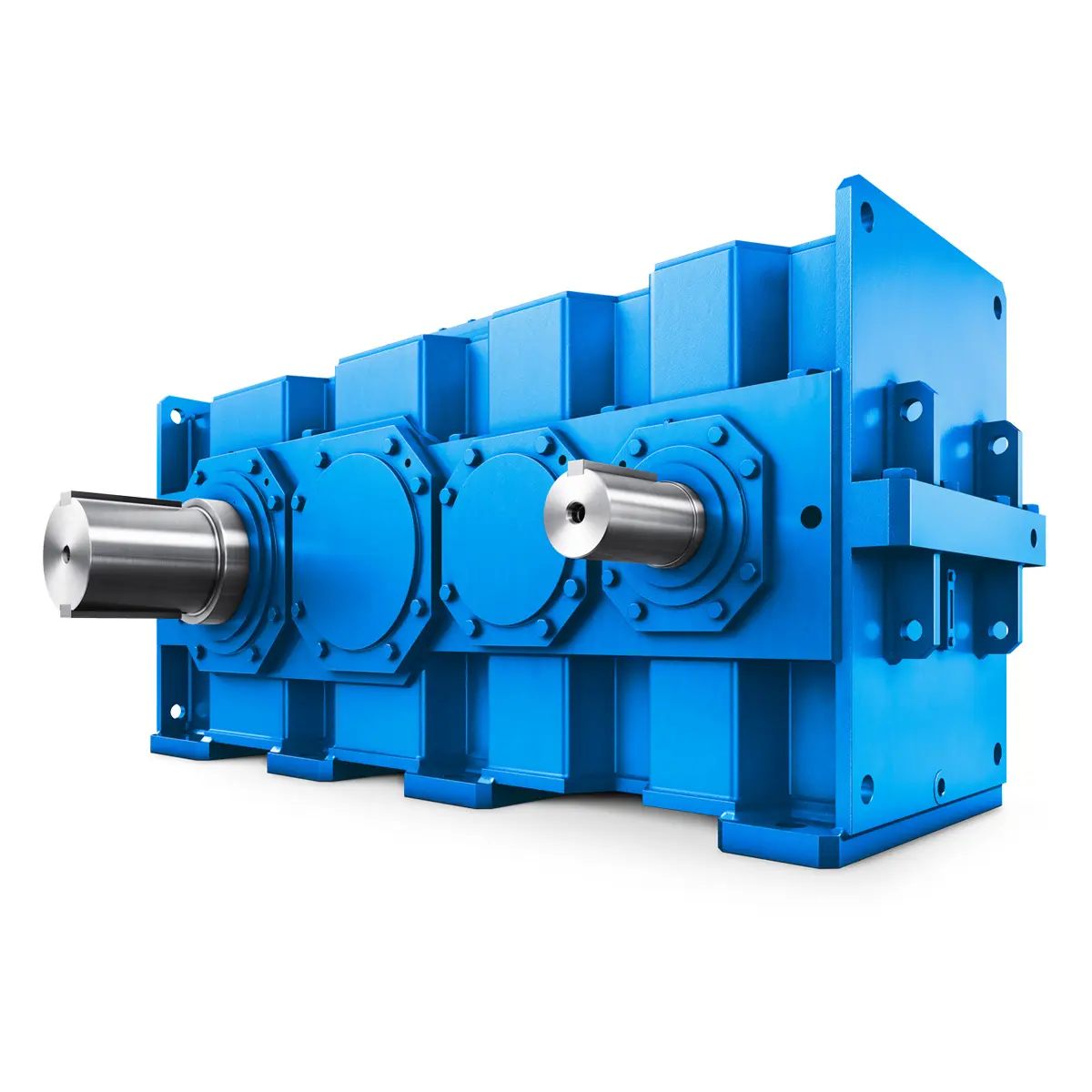 Flender gear units for lifting and luffing gears
Flender gear units for lifting and luffing gears 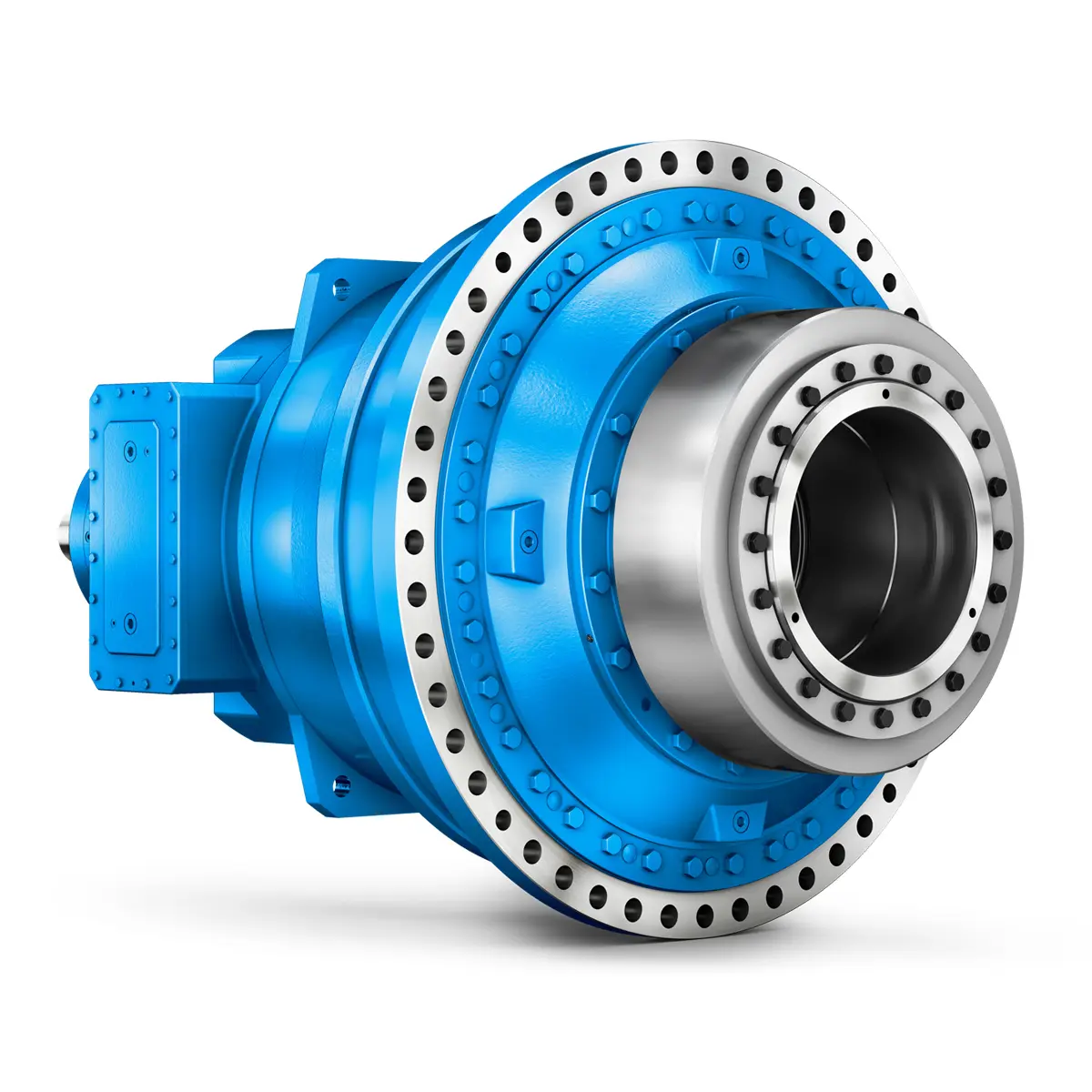 FLENDER Gear Unit gearunit gearbox
FLENDER Gear Unit gearunit gearbox 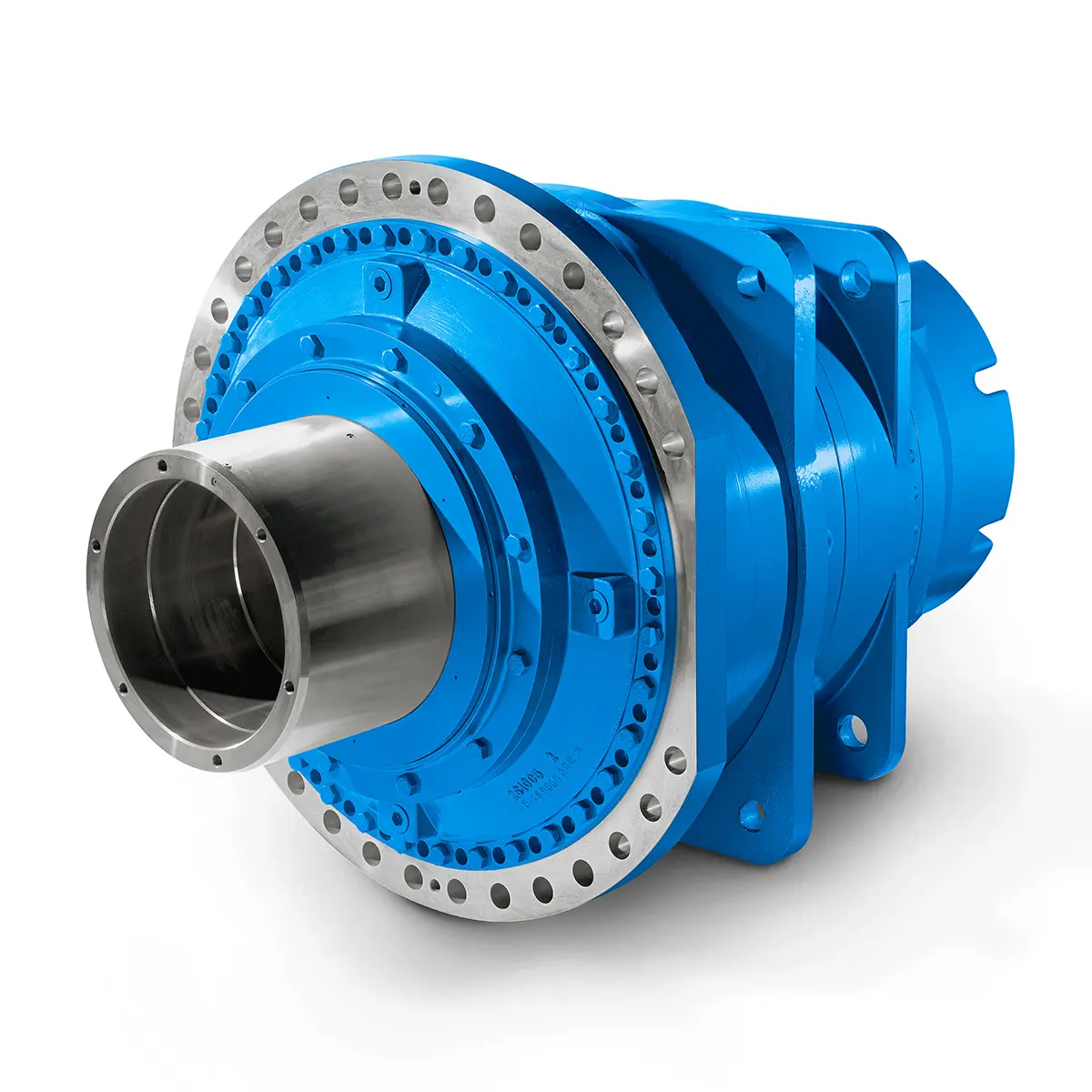 Optimal Drive Solution For Maximum Performance
Optimal Drive Solution For Maximum Performance 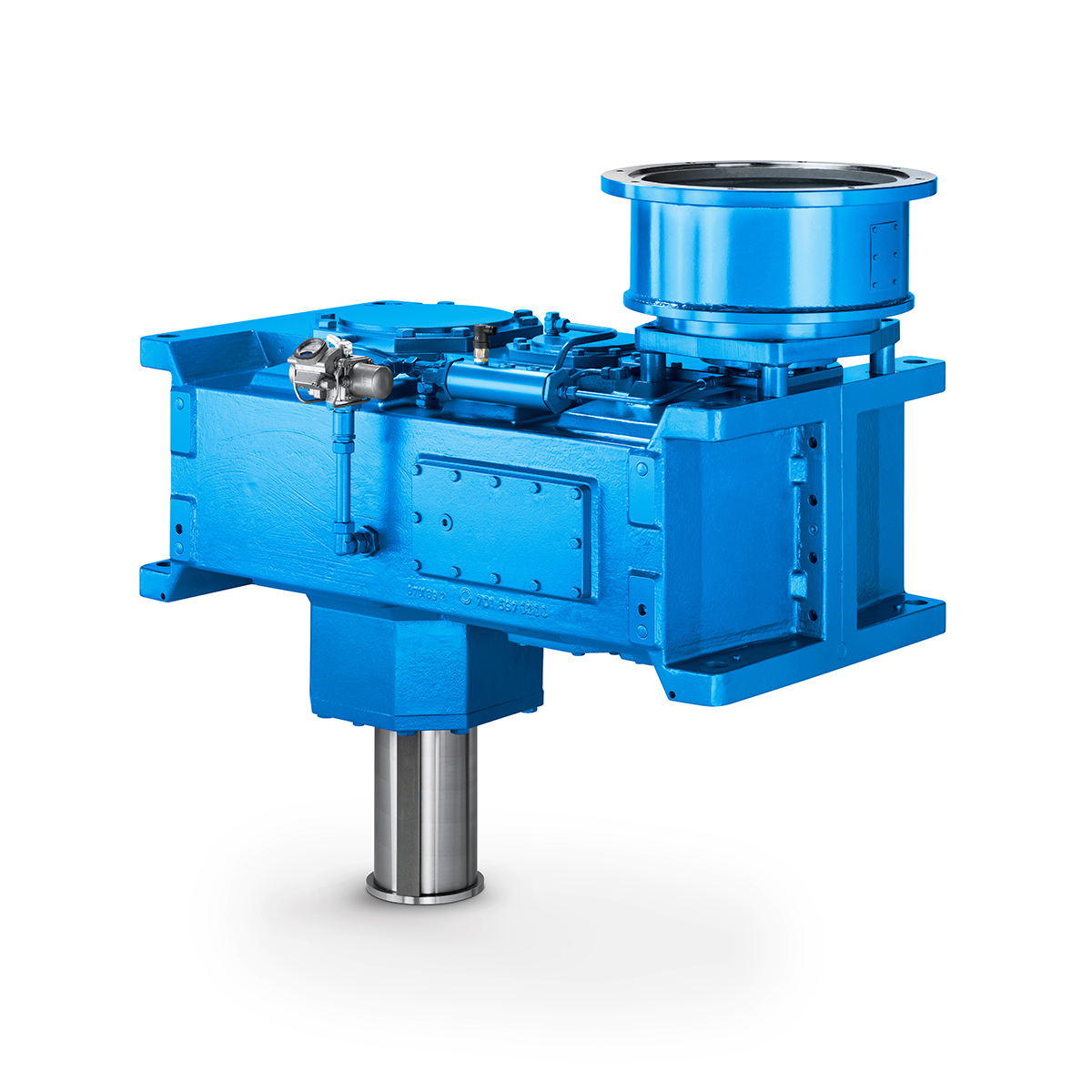 Strongly operating against biodegradable constituents
Strongly operating against biodegradable constituents 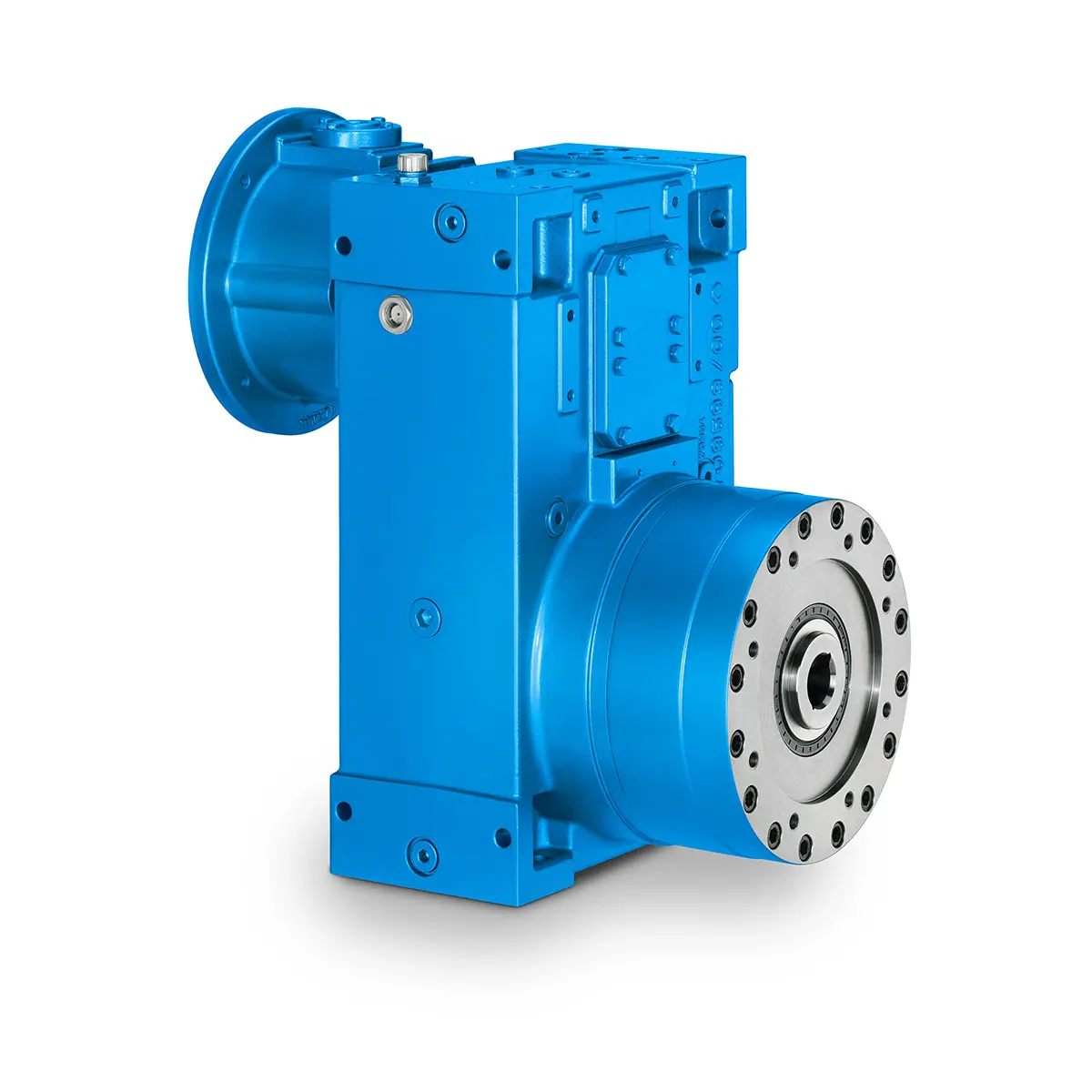 SINGLE SCREW Special industry dedicated gearunit gearbox
SINGLE SCREW Special industry dedicated gearunit gearbox 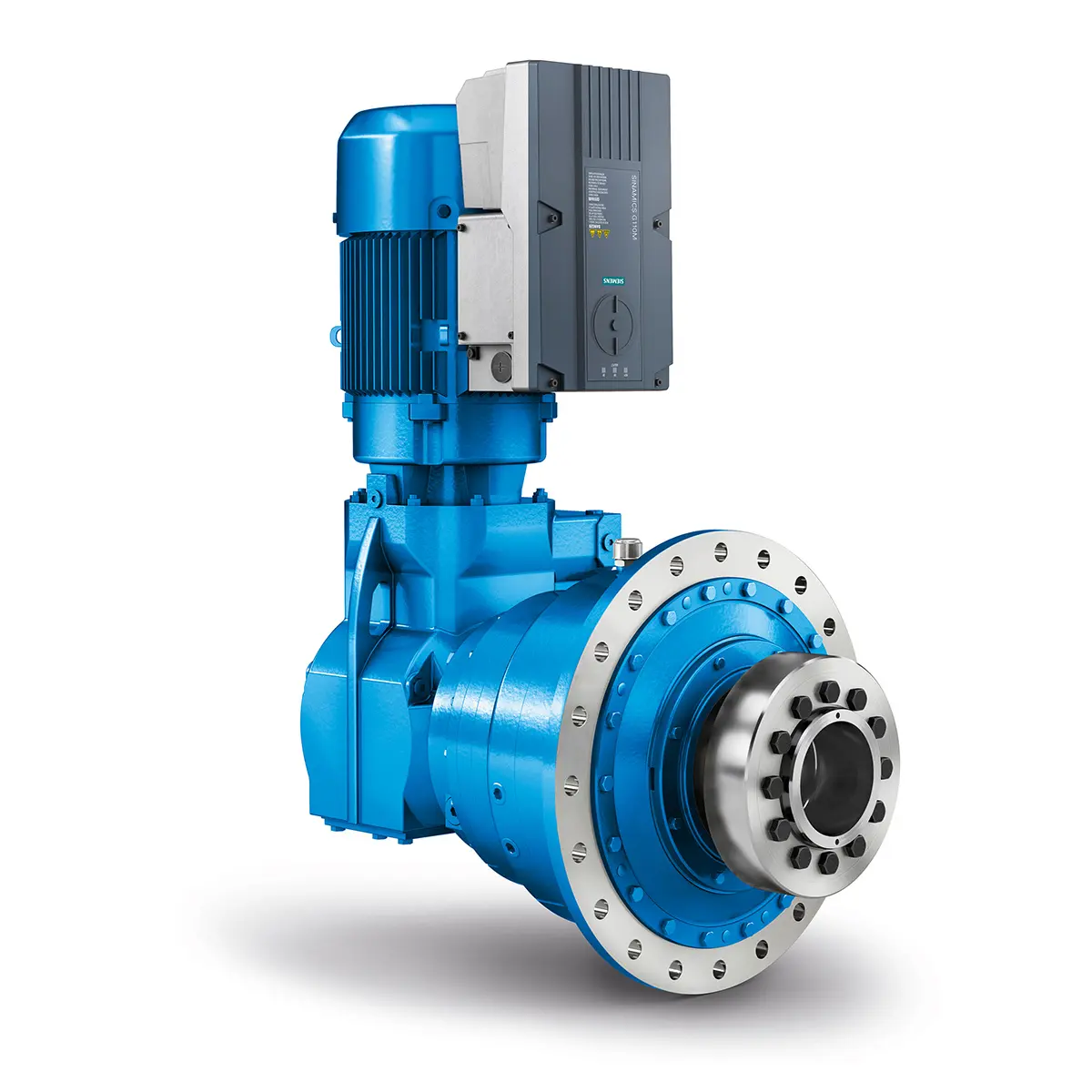 Playmaker In The Premium League
Playmaker In The Premium League 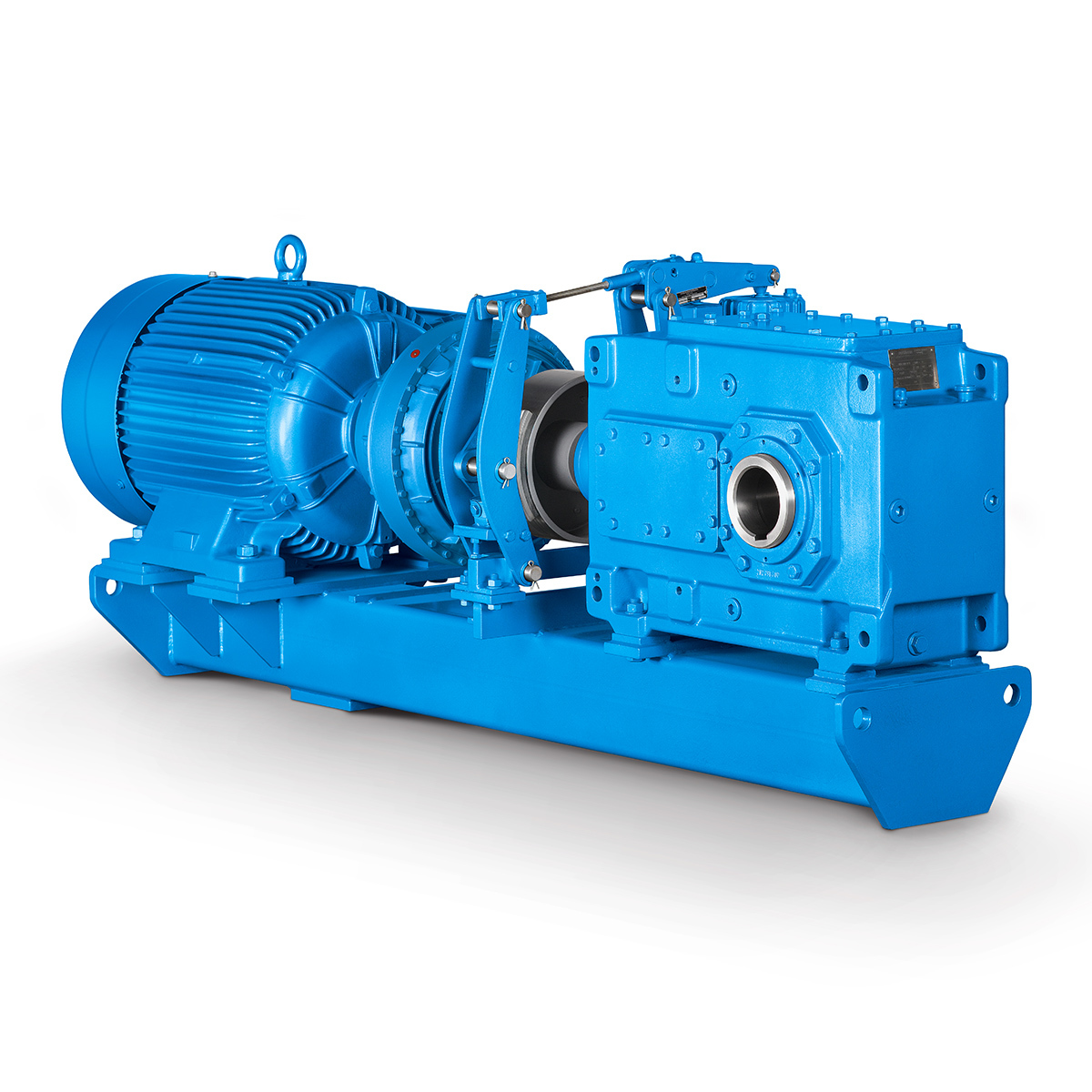 Conveyor belts gearunit gearbox
Conveyor belts gearunit gearbox 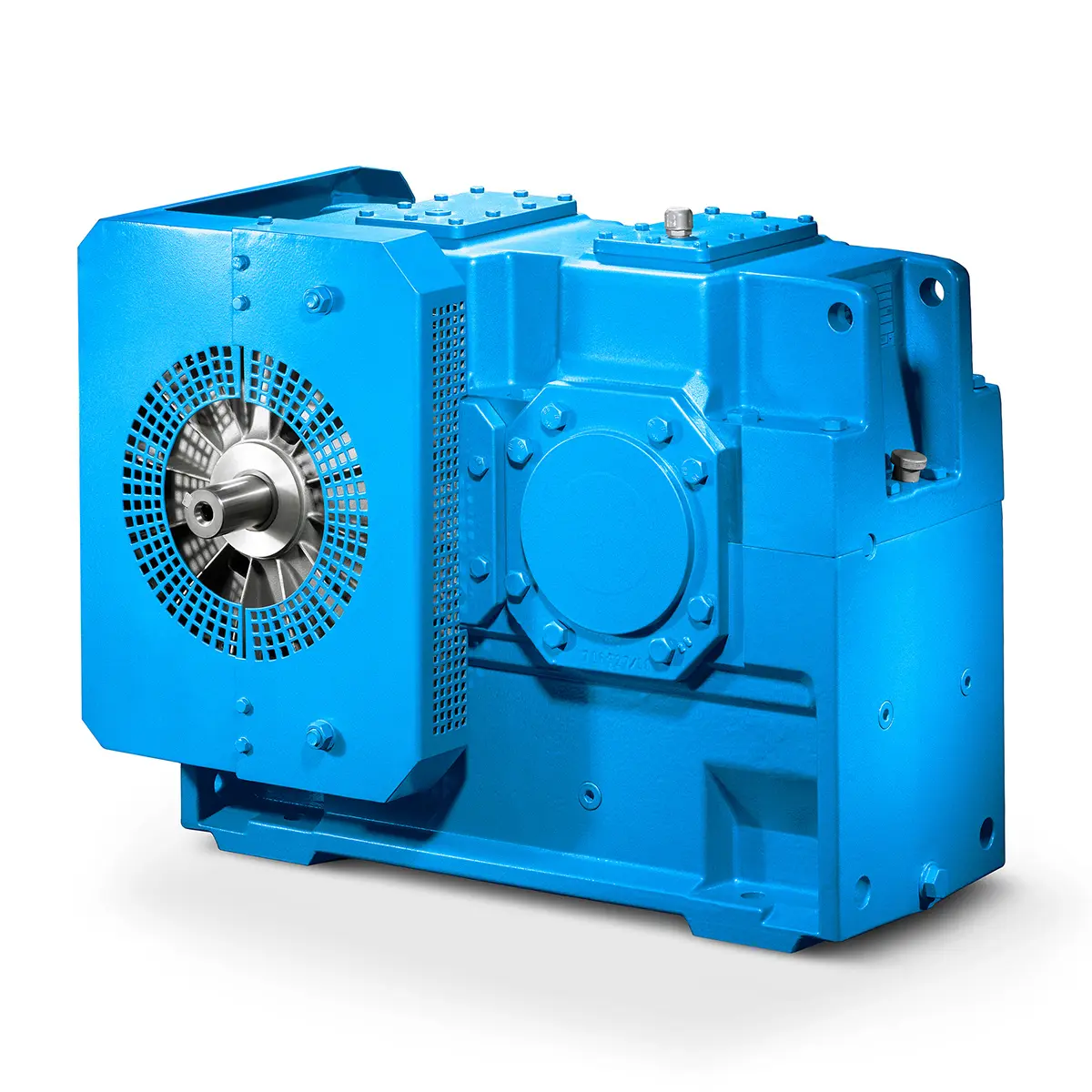 Paper And Pulp Preparation Sections
Paper And Pulp Preparation Sections 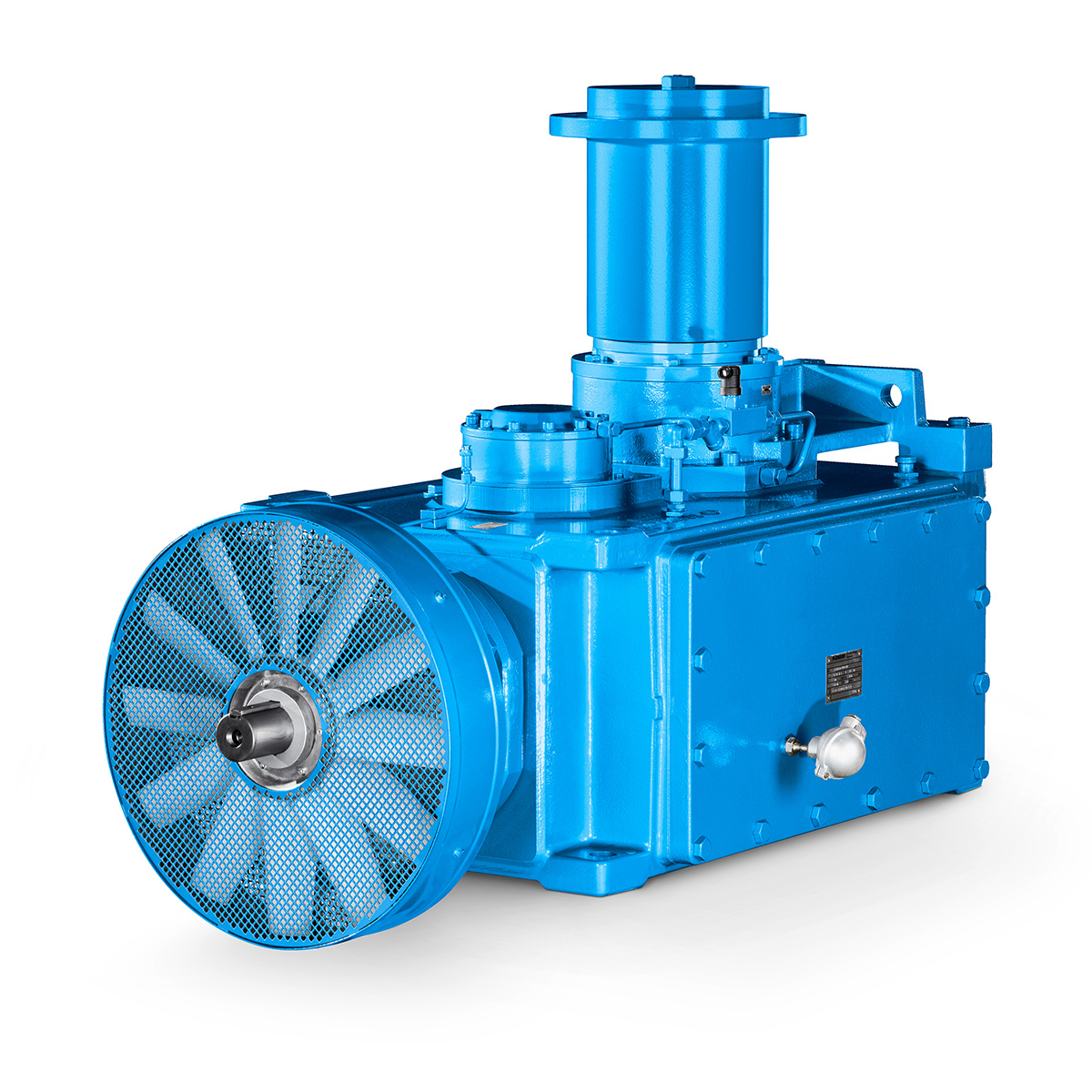 Operational Reliability Even In Case Of The Highest Ventilation Forces
Operational Reliability Even In Case Of The Highest Ventilation Forces 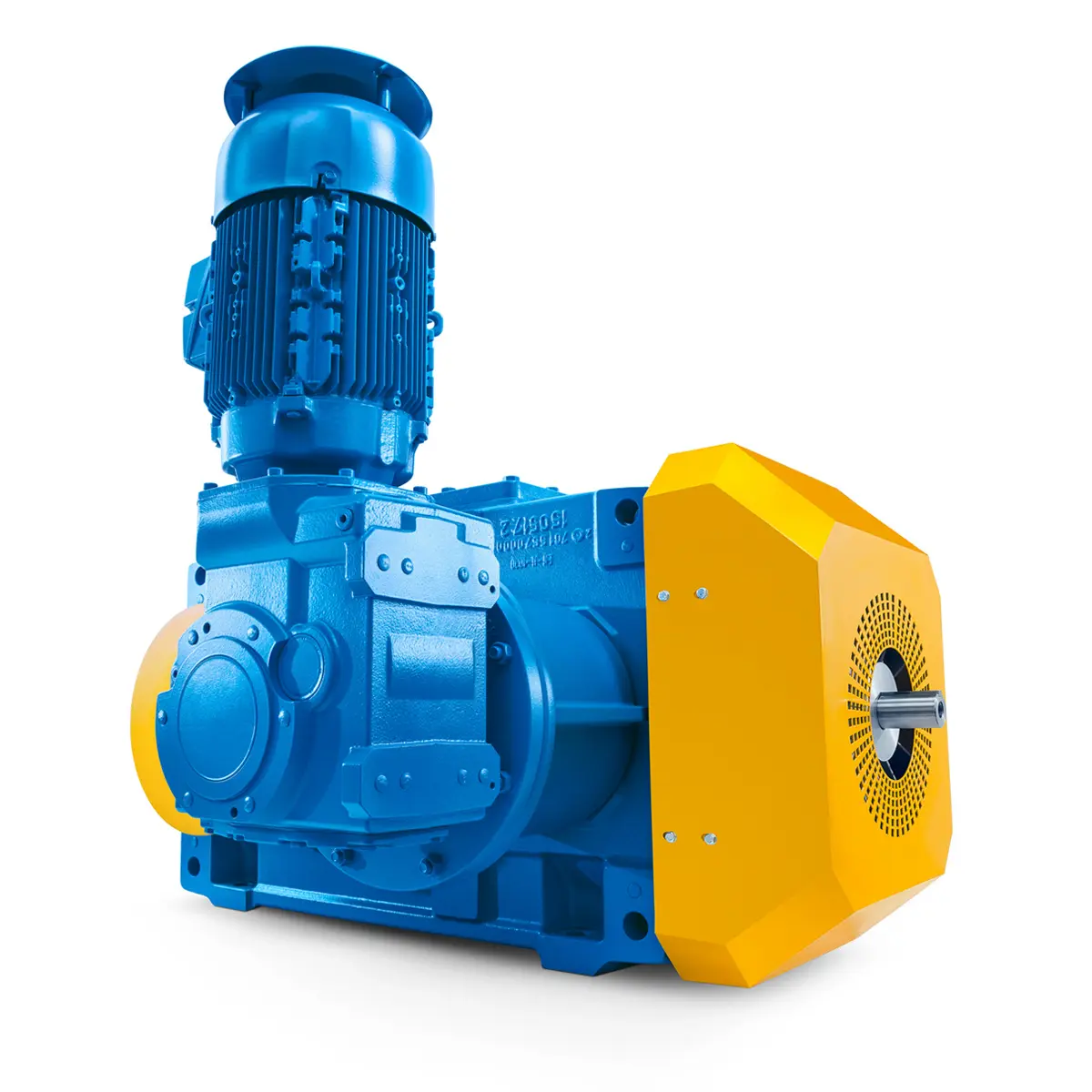 Reliable Gear Units For High Performance Vertical Conveyors 59/200
Reliable Gear Units For High Performance Vertical Conveyors 59/200 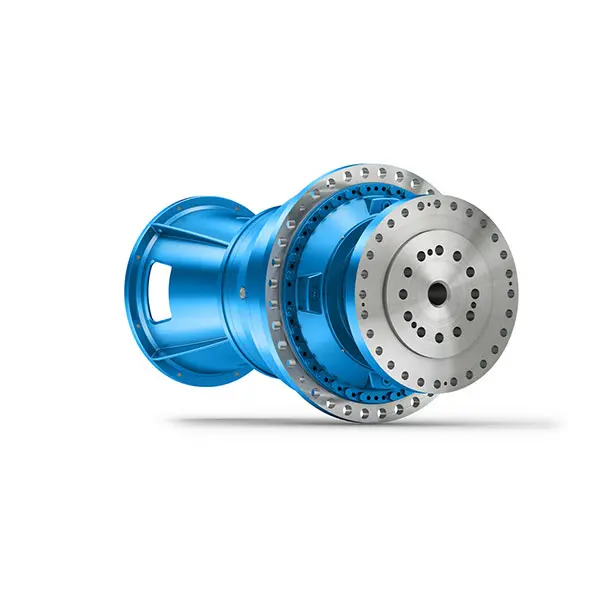 Maximum power density – PLANUREX 3 L individual drives for your sugar cane mill
Maximum power density – PLANUREX 3 L individual drives for your sugar cane mill 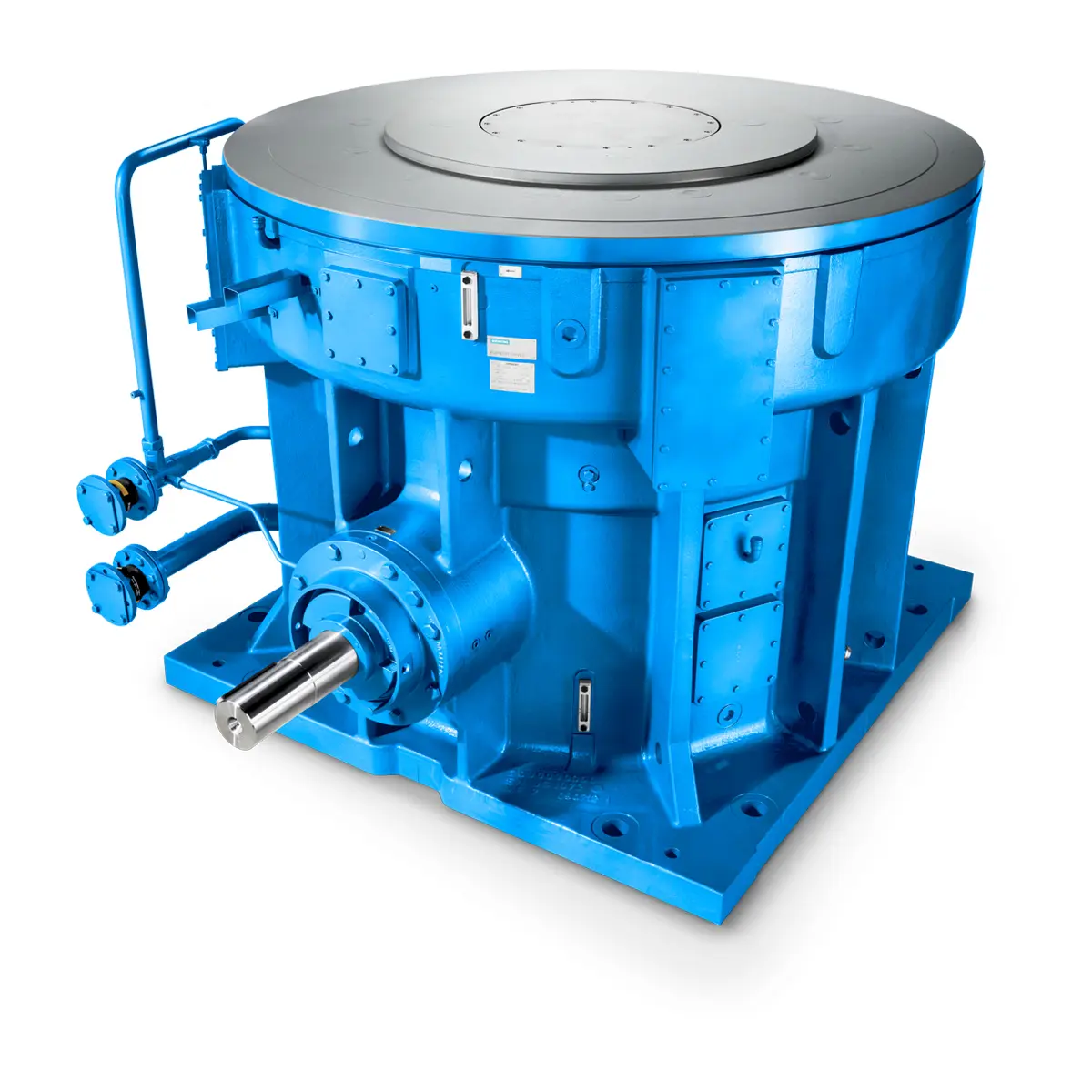 The proven all rounder gearunit gearbox
The proven all rounder gearunit gearbox 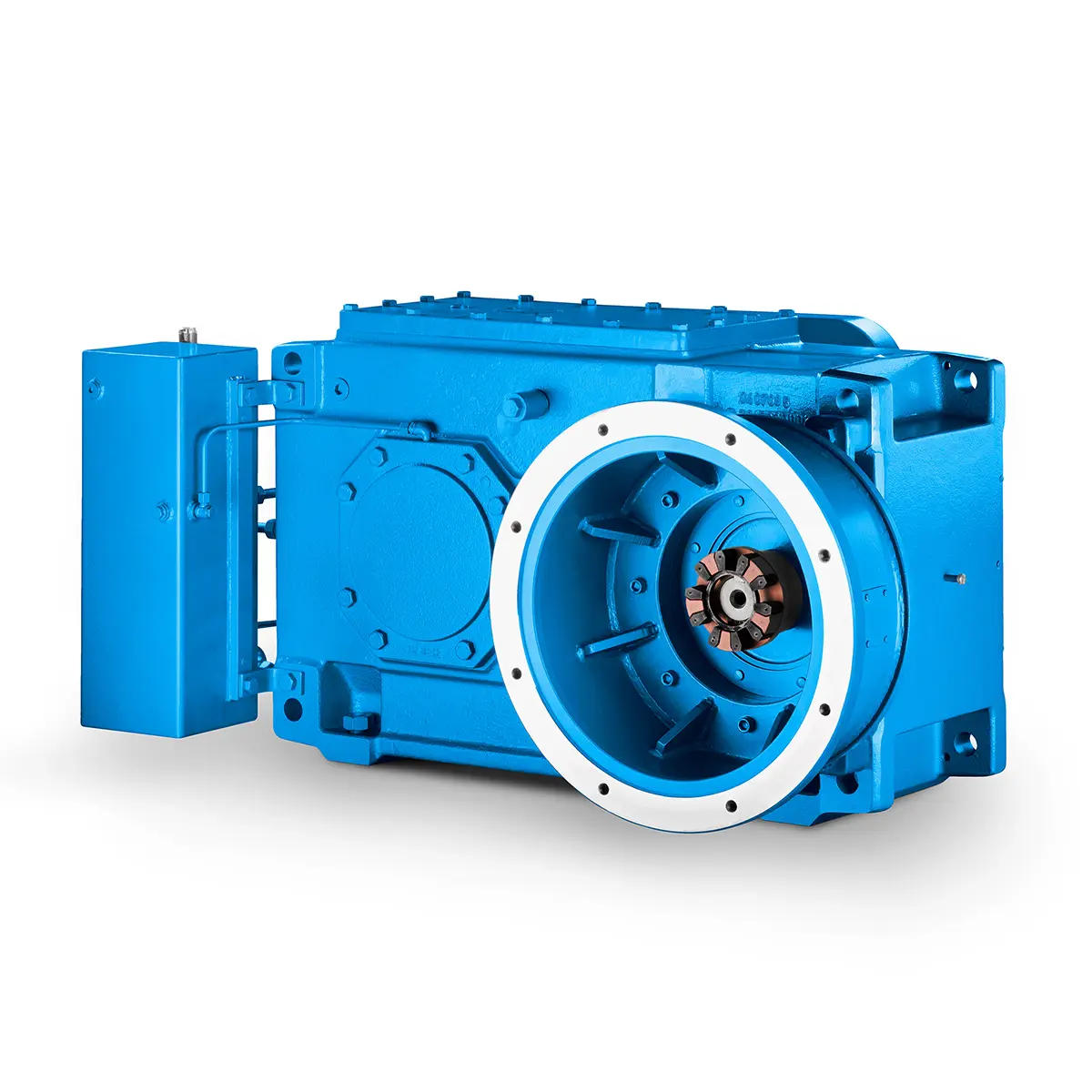 Stirs and stirs and stirs gearunit gearbox
Stirs and stirs and stirs gearunit gearbox 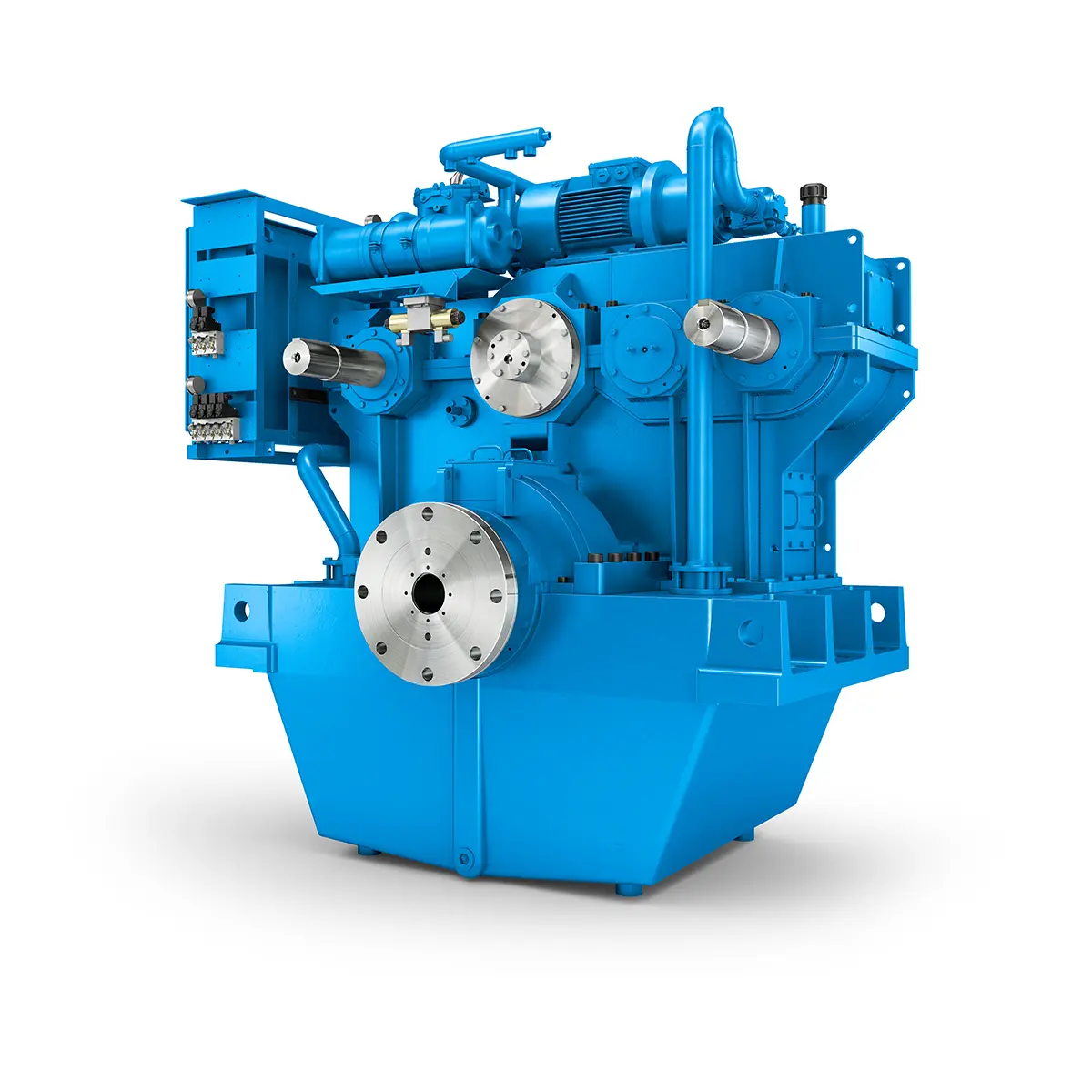 Flexibility on Board gearunit gearbox
Flexibility on Board gearunit gearbox 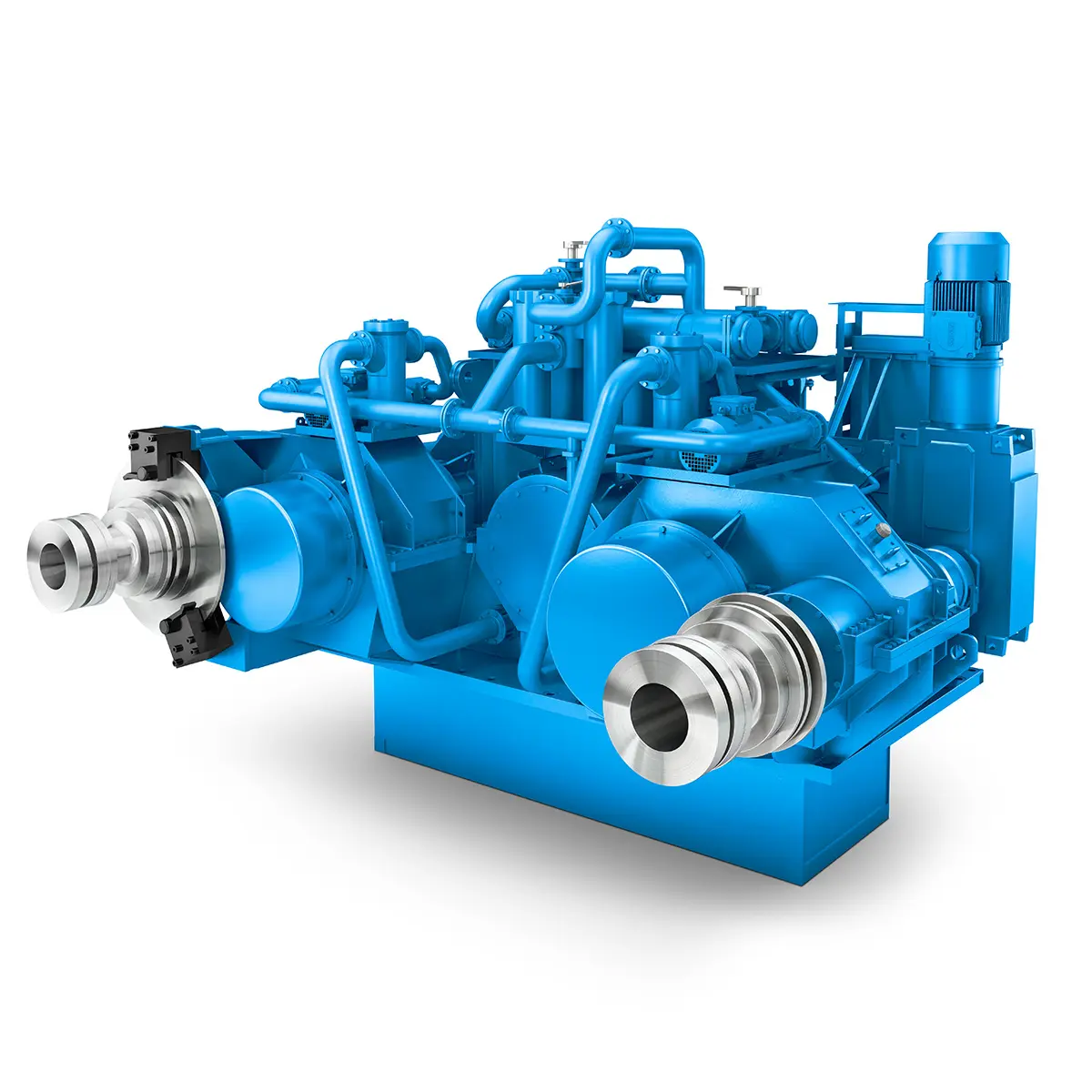 The right gearbox for all Multi-Engine Ships
The right gearbox for all Multi-Engine Ships 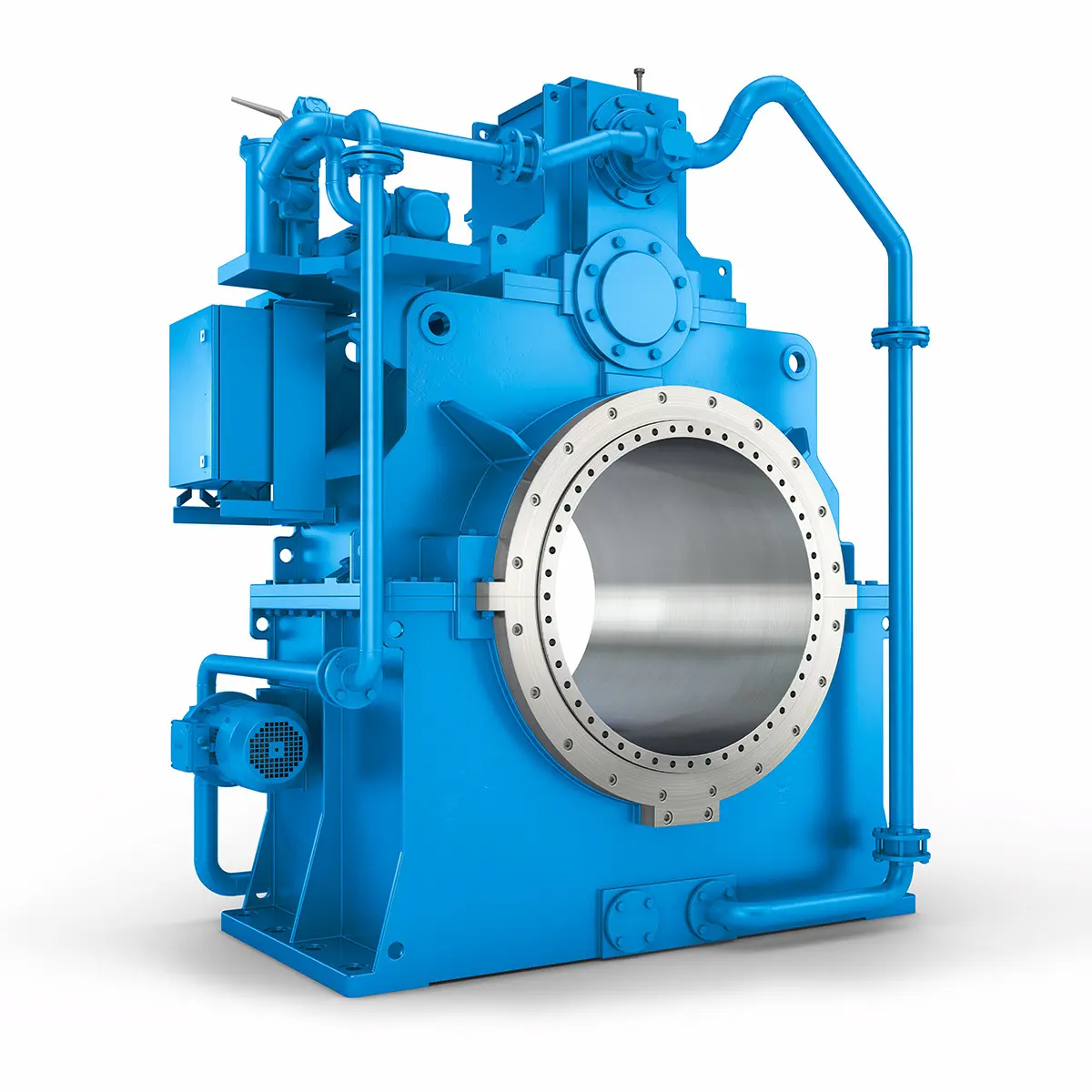 Reliable Power Generation on board
Reliable Power Generation on board 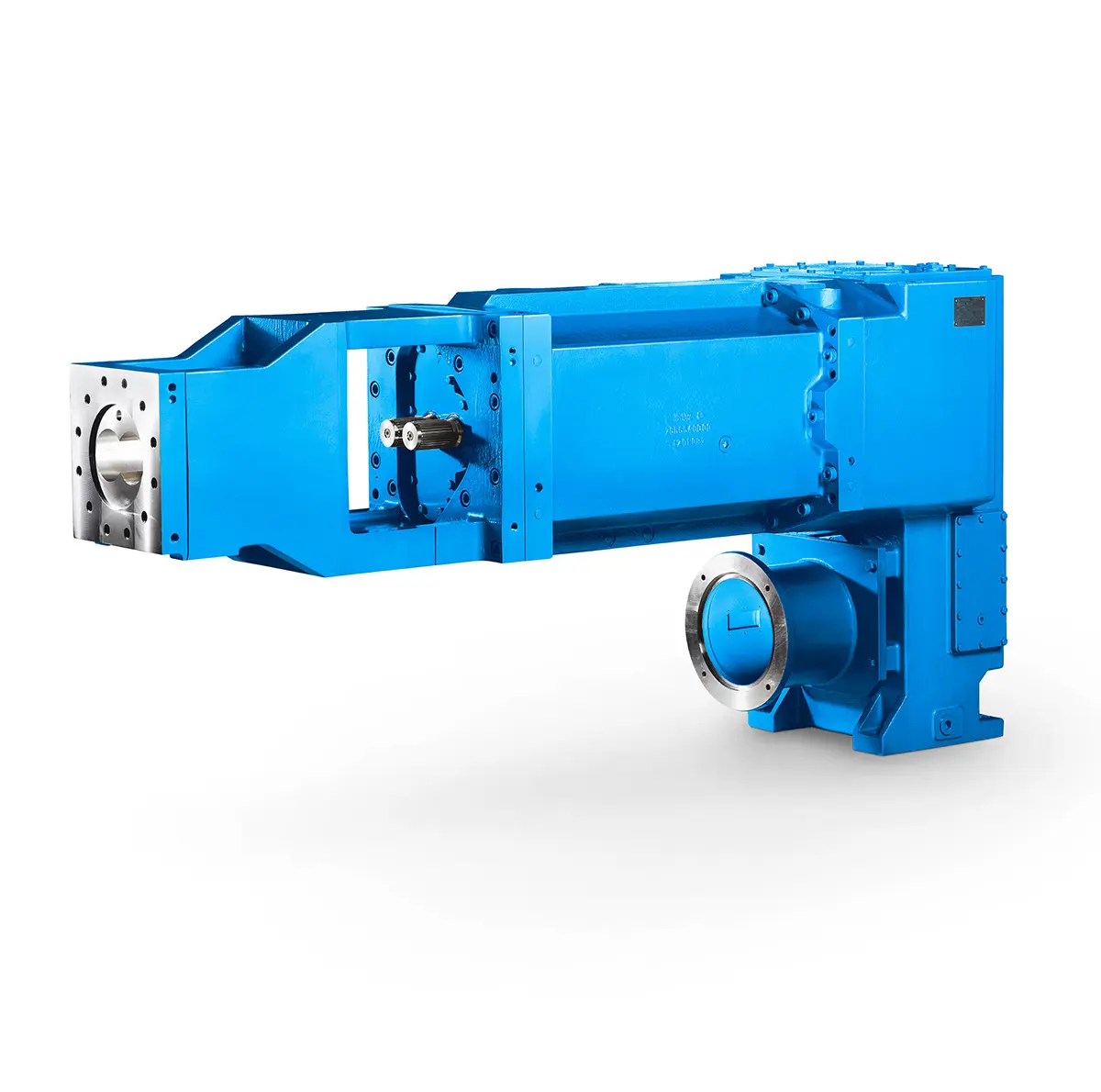 Maximum performance level, fast deliverable
Maximum performance level, fast deliverable 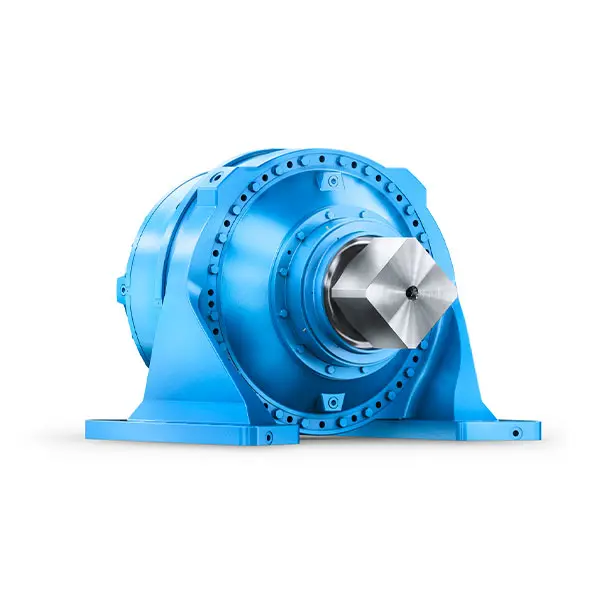 Efficient and compact – FLENDER Gear Units for Sugar Mills
Efficient and compact – FLENDER Gear Units for Sugar Mills 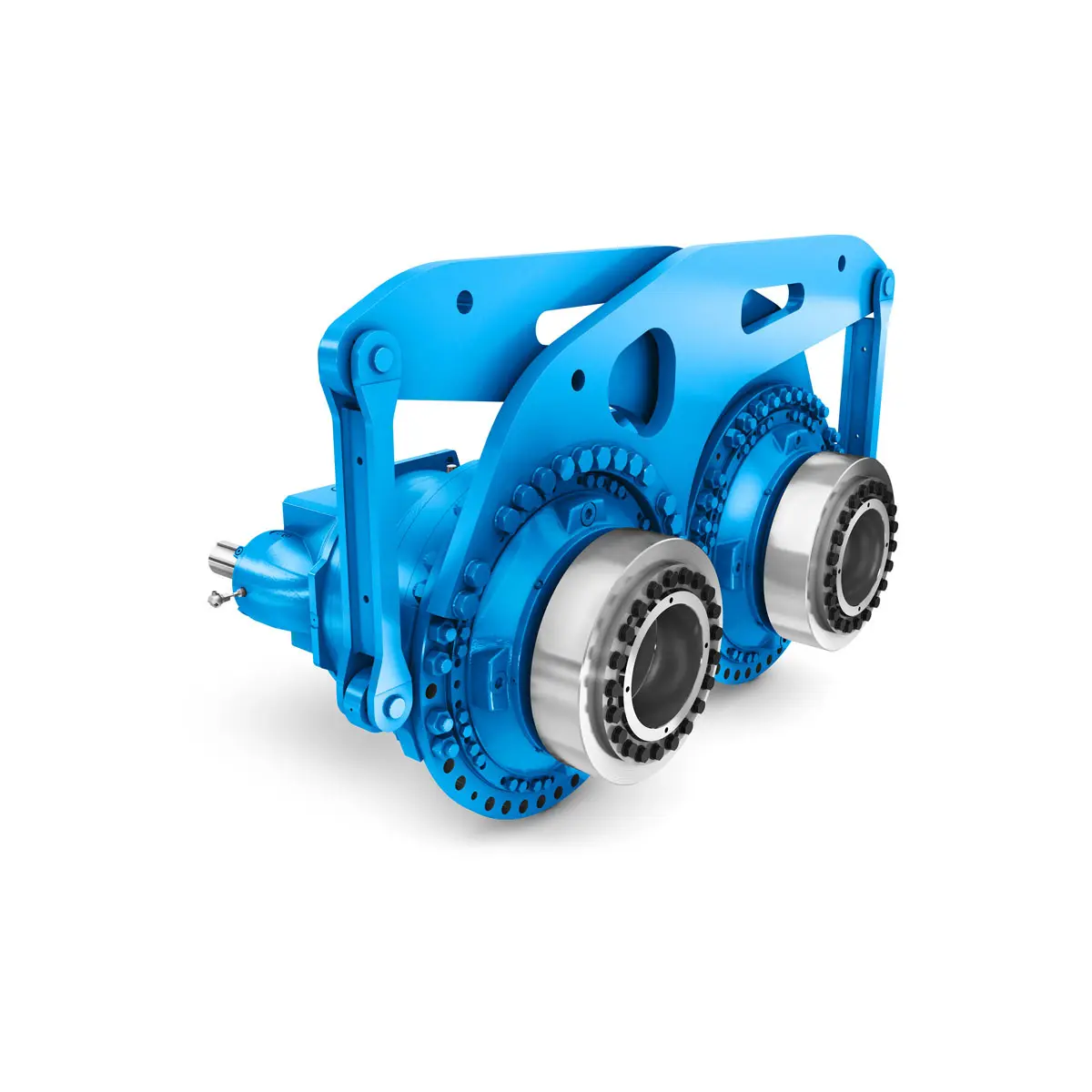 Extremely strong. Extremely compact. Extremely stressable.
Extremely strong. Extremely compact. Extremely stressable.  FLENDER Coupling
FLENDER Coupling 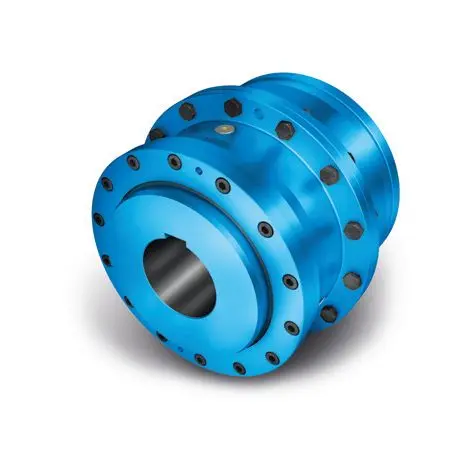 ZAPEX ZW Torsionally Rigid Gear Coupling
ZAPEX ZW Torsionally Rigid Gear Coupling 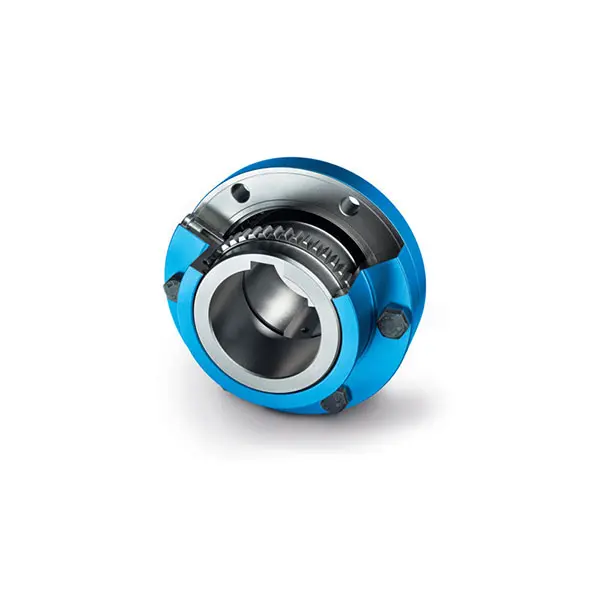 ZAPEX ZN Torsionally Rigid Gear Coupling
ZAPEX ZN Torsionally Rigid Gear Coupling 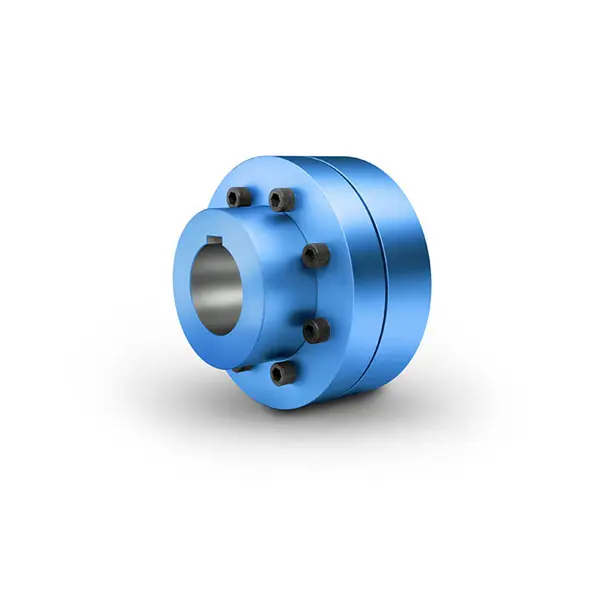 N-EUPEX Flexible high performance Coupling
N-EUPEX Flexible high performance Coupling 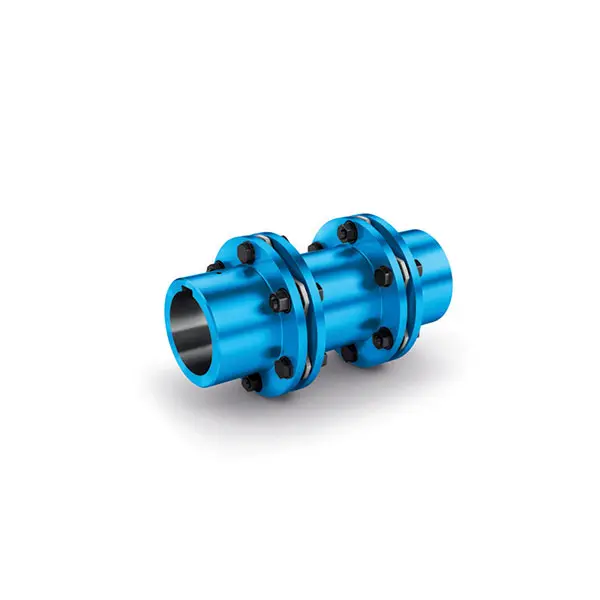 N-ARPEX Torsionally Rigid All-Steel Coupling
N-ARPEX Torsionally Rigid All-Steel Coupling 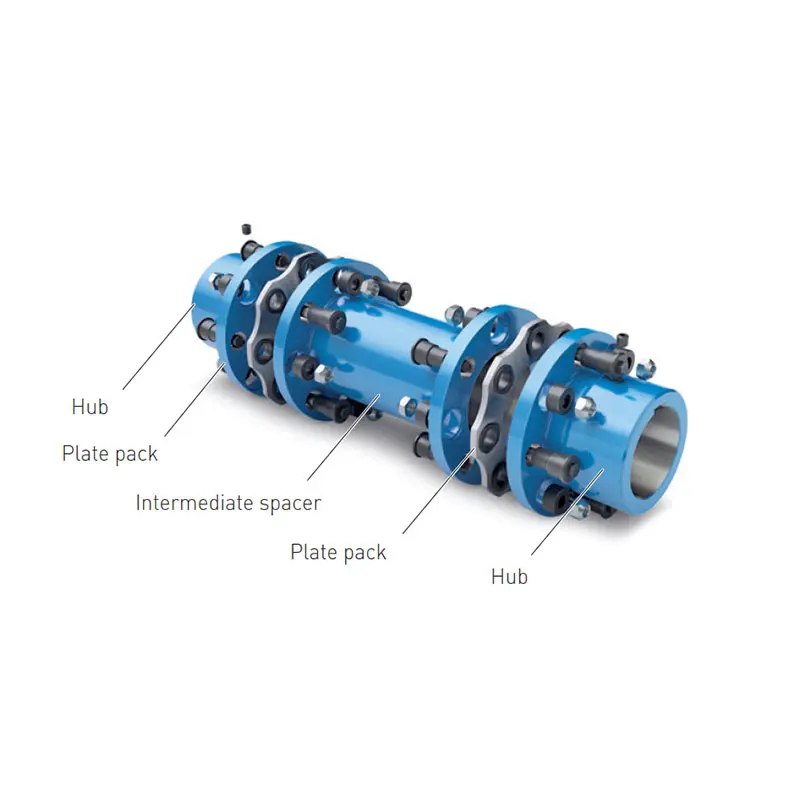 ARPEX Torsionally Rigid All-Steel Coupling Spare and Parts
ARPEX Torsionally Rigid All-Steel Coupling Spare and Parts  N-EUPEX DS Flexible High Performance Coupling
N-EUPEX DS Flexible High Performance Coupling 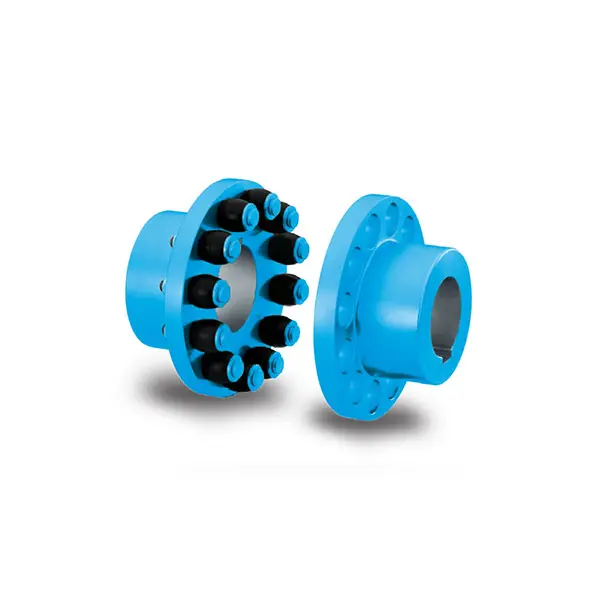 RUPEX Flexible high performance Coupling
RUPEX Flexible high performance Coupling 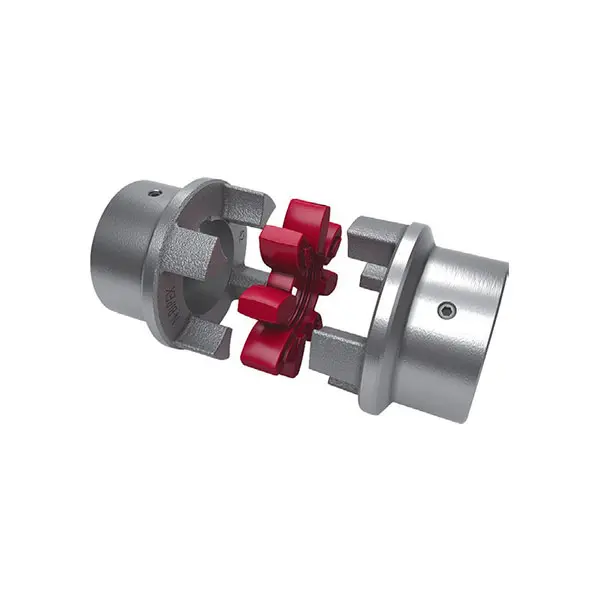 N BIPEX Flexible high performance coupling
N BIPEX Flexible high performance coupling 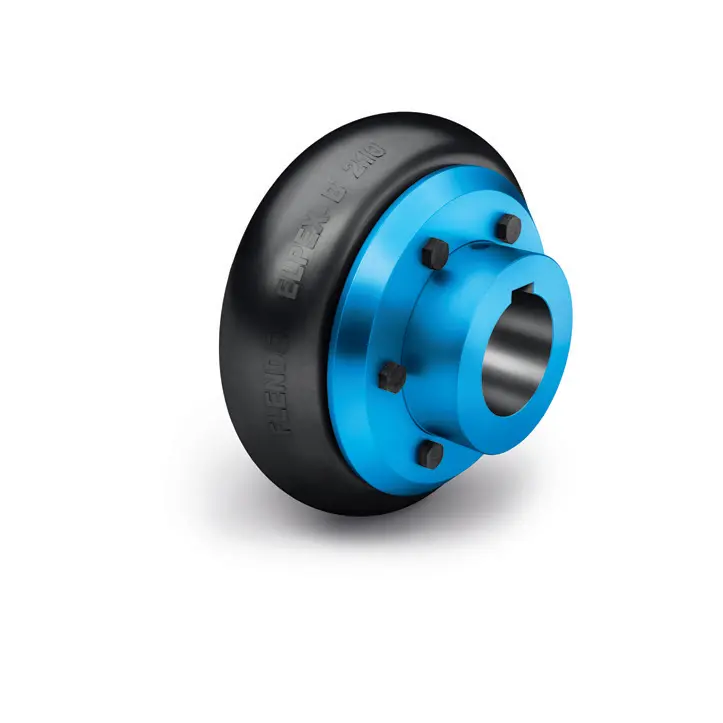 ELPEX B Highly Flexible Coupling
ELPEX B Highly Flexible Coupling 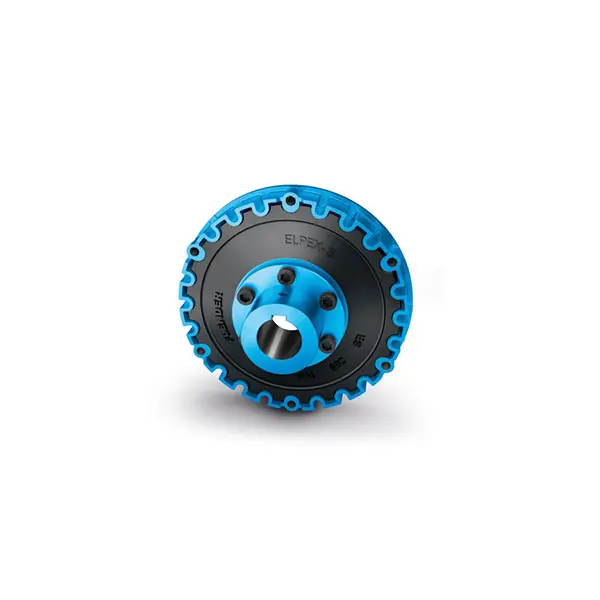 ELPEX S Highly Flexible Coupling high performance
ELPEX S Highly Flexible Coupling high performance 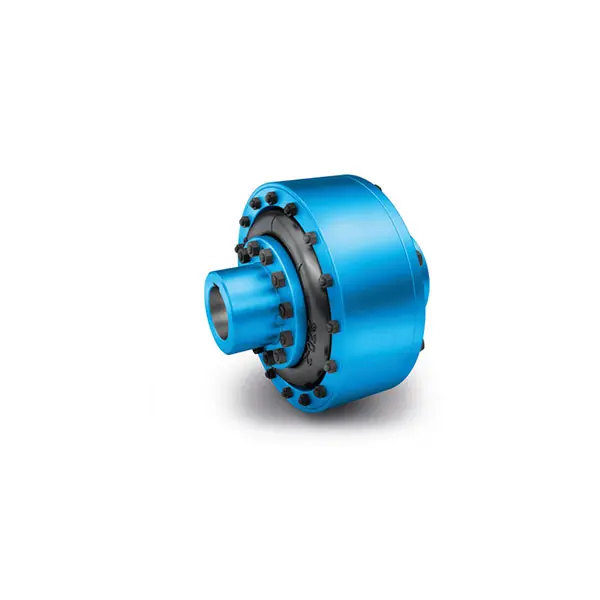 ELPEX Highly Flexible Coupling high performance
ELPEX Highly Flexible Coupling high performance  FLUDEX Fluid Coupling high performance
FLUDEX Fluid Coupling high performance 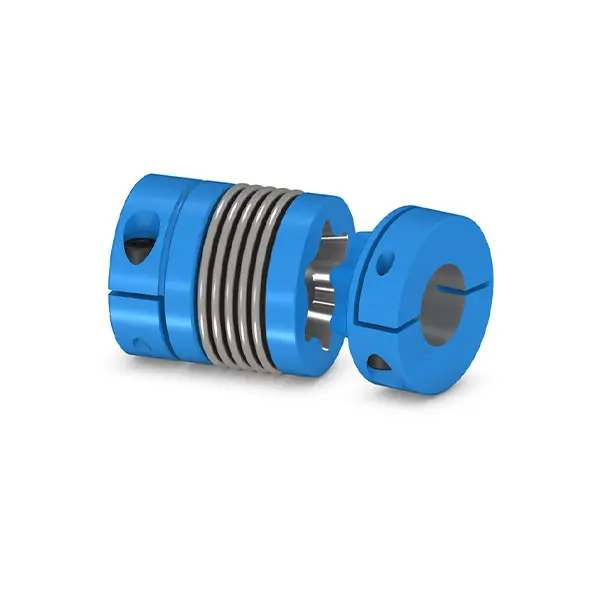 SIPEX Backlash free Coupling high performance
SIPEX Backlash free Coupling high performance 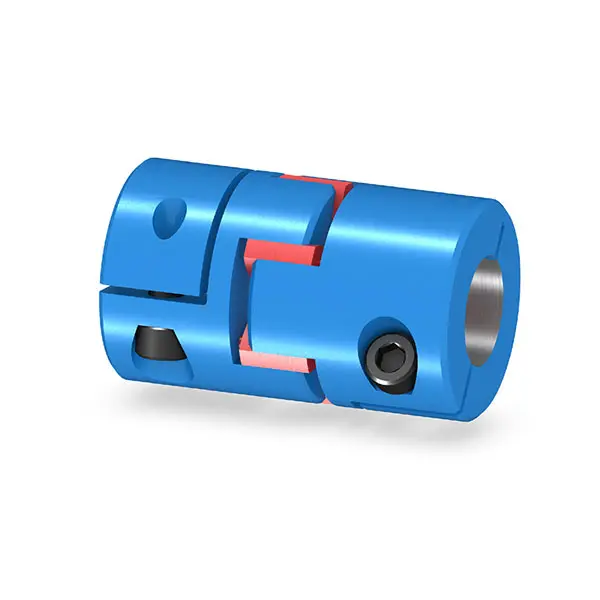 BIPEX S Backlash free Coupling high performance
BIPEX S Backlash free Coupling high performance 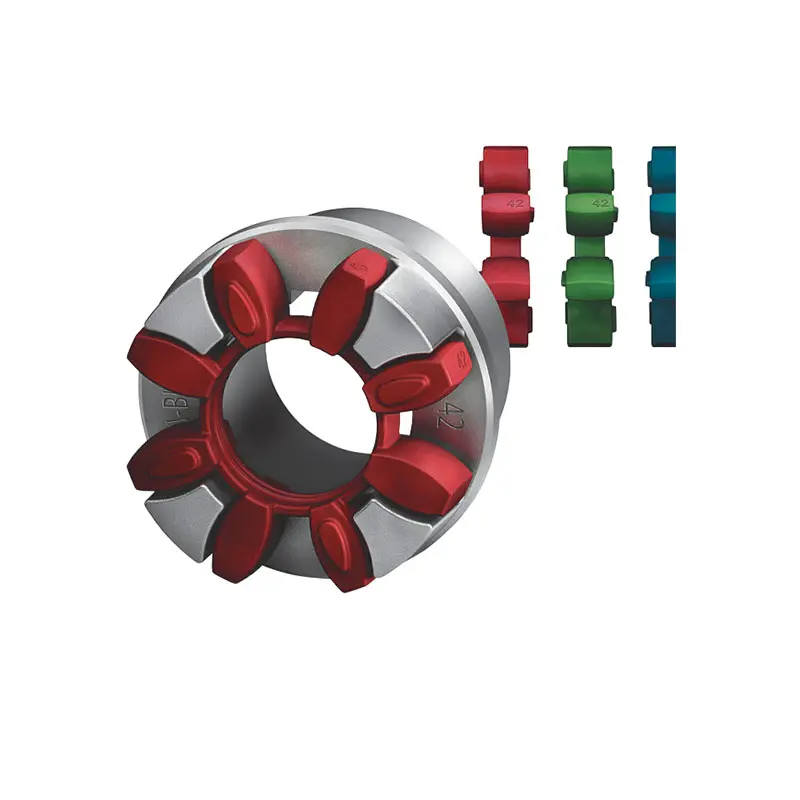 FLENDER Coupling Spare Parts high performance
FLENDER Coupling Spare Parts high performance 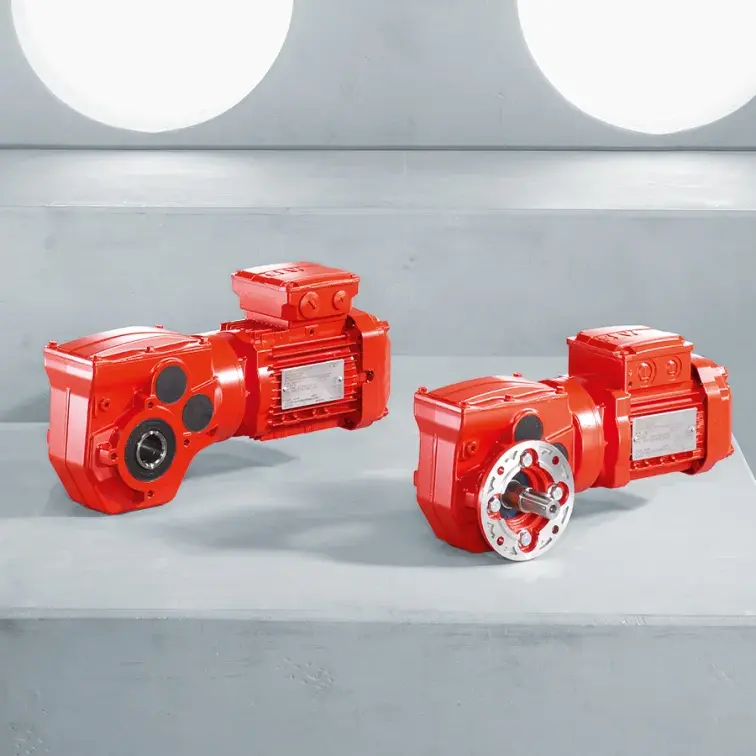 SEW Gearmotor
SEW Gearmotor
Our Company
News
Case
Contact Us
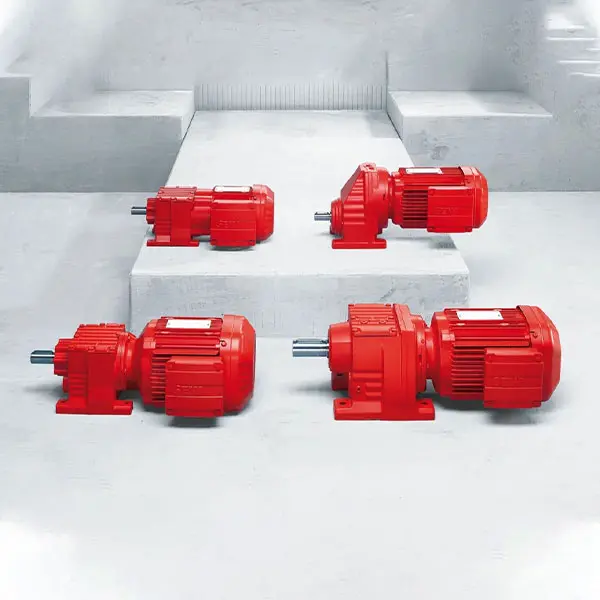 R Series Helical Gearmotor low voltage
R Series Helical Gearmotor low voltage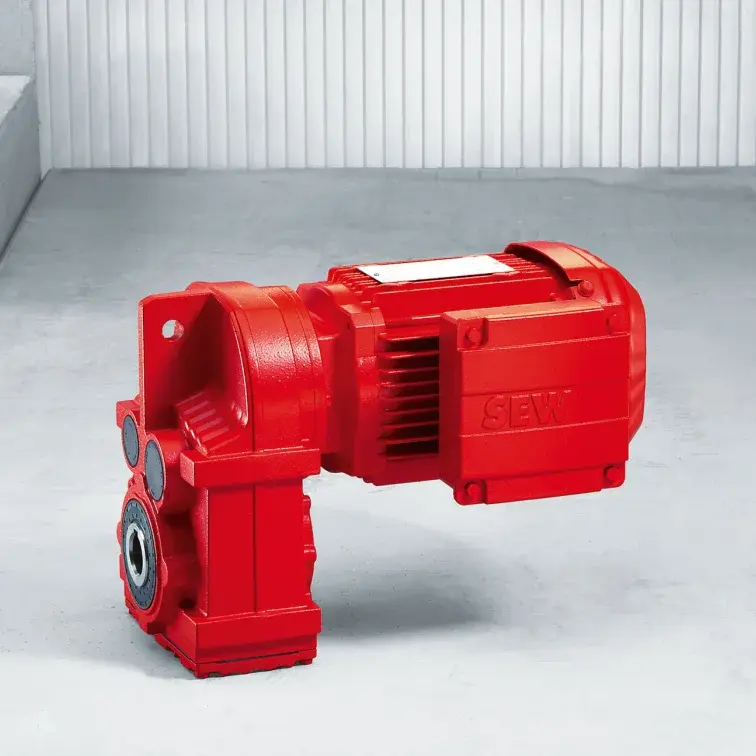 F Series Parallel Shaft Gearmotor low voltage
F Series Parallel Shaft Gearmotor low voltage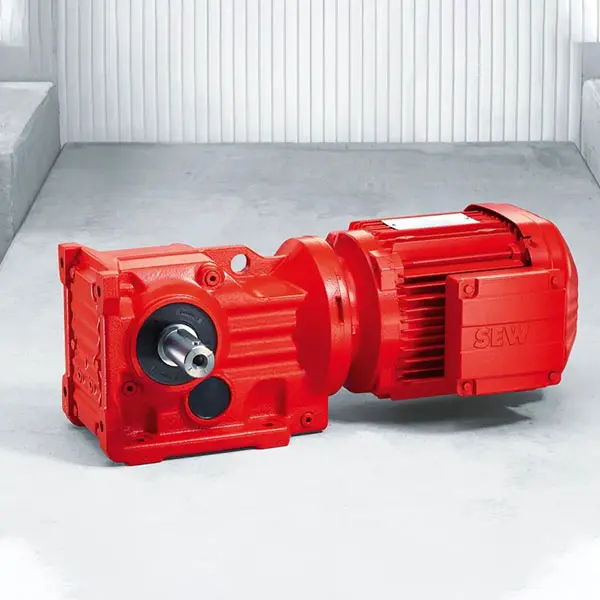 K Series Helical Bevel Gearmotor low voltage
K Series Helical Bevel Gearmotor low voltage S Series Helical Worm Gearmotor low voltage
S Series Helical Worm Gearmotor low voltage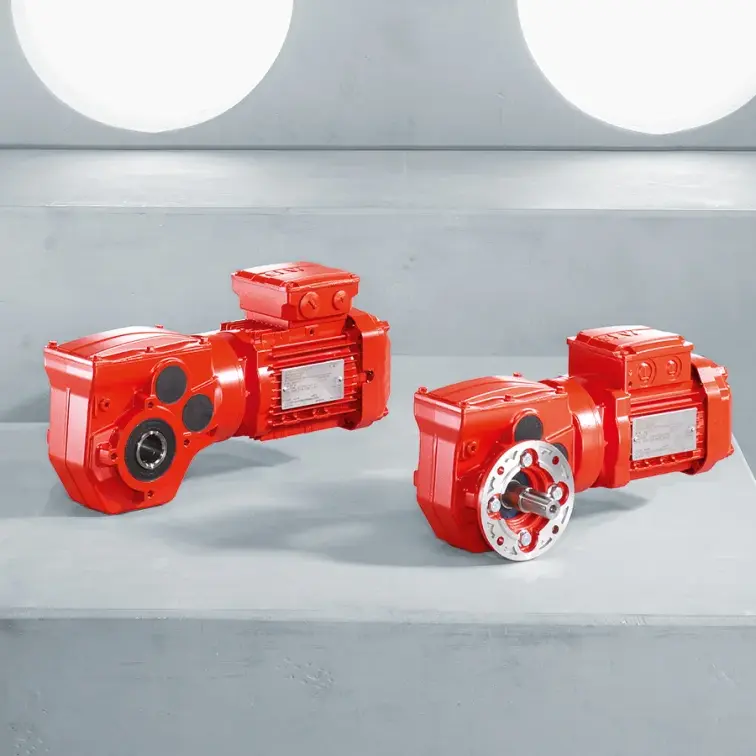 W Series SPIROPLAN® Right Angle Gearmotor
W Series SPIROPLAN® Right Angle Gearmotor







